Thank you to everyone who donated to the Big Give appeal!
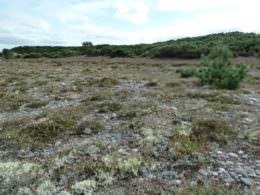 This enables us to go ahead with the first year of dune restoration work, scheduled for this coming winter. This involves the clearance of around half a hectare of carefully selected gorse, to create new bare sand habitats for rare and threatened sand dune species. It will also help to reintroduce the natural process of windblown sand.
This enables us to go ahead with the first year of dune restoration work, scheduled for this coming winter. This involves the clearance of around half a hectare of carefully selected gorse, to create new bare sand habitats for rare and threatened sand dune species. It will also help to reintroduce the natural process of windblown sand.
We had a very interesting meeting recently with ecologist James Bunyan, of Tracks Ecology, who kindly donated his time by coming over to explain how we might be able to use UAVs (drones) to monitor the ecological impact of the Project. We hope to explore this further, potentially using cutting-edge techniques to monitor the response of rare lichens to our work.
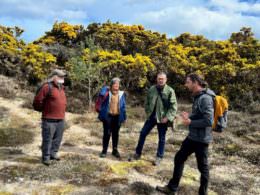 A public meeting in March, in the Ecovillage, was very well attended. There were presentations from Jonathan Caddy (Chair), Heather Paul (Lichenologist), Alan Watson Featherstone (Land Trustee), and myself. The response was very enthusiastic, with an interesting and helpful discussion, concluded by an enjoyable walk on the land.
A public meeting in March, in the Ecovillage, was very well attended. There were presentations from Jonathan Caddy (Chair), Heather Paul (Lichenologist), Alan Watson Featherstone (Land Trustee), and myself. The response was very enthusiastic, with an interesting and helpful discussion, concluded by an enjoyable walk on the land.
Some of the more frequently asked questions we are asked about the Project, and our replies, include:
Q: Why are you removing the gorse? This is an important habitat too.
A: We are only removing carefully selected areas of gorse, to make maximum biodiversity benefit for extremely rare species and habitats. While gorse is a valuable habitat, it is replacing far more valuable habitats. These habitats support species which are threatened with extinction if action is not taken.
Q: The dunes are rewilding themselves, why do you want to interfere with this natural process?
A: Gorse and tree growth on the dunes is not natural. It is the result of previous human actions – mainly house building and tree planting – which has resulted in reduced wind speeds and plantation tree seeds being blown onto the dunes. This has allowed scrub to spread quickly, so that natural, rare and fragile sand dune habitats and species are now threatened. We aim to open-up the scrub to truly natural, wind-driven, processes, rejuvenating the dune ecosystem. We are carefully targeting our actions to benefit key habitats and species. Gorse and woodland will continue to develop elsewhere on the dunes. We are not alone in undertaking this urgent conservation work. The Royal Society for the Protection of Birds (Europe’s largest nature conservation charity), Forestry and Land Scotland (the government agency responsible for the national forest estate), and the charity Butterfly Conservation all have similar dune restoration projects on the Moray Firth.
Q: What’s the point of doing this work if the gorse is going to take over anyway? It’s a losing battle.
A: National biodiversity interests – lichens and insects – are under threat of extinction. We know what the problem is. We can do something about it. If we don’t the problem will get worse. We are in a world-wide biodiversity crisis and feel that, as custodians of the land, we have a responsibility to protect high priority species and habitats. Increasing the flow of wind through the area will help to slow the spread of gorse and trees. It’s an ongoing issue. We are just starting. But even if we do this project and nothing else, there will be immediate benefits for priority wildlife over the medium term.
Please do keep an eye on our Facebook Page – Findhorn Hinterland Trust – for snippets of information on the importance of the dunes for biodiversity. Recent posts have featured the following Star Species:
- Sandy Earthtongue fungus – found at only two sites in the UK, and plentiful here
- The moth Scythris empetrella – found at only two sites in Scotland, Findhorn Dunes being the most important
- The Felt Lichen – a red Data Book, Endangered and Nationally Rare species, found in relative abundance on the dunes
- The moth Caryocolum blandelloides – new to science as recently as 1981, with a UK range is limited to sand dune systems in the western Moray Firth.
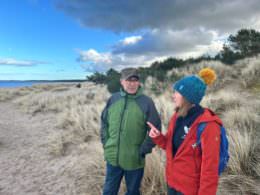 It was also good to share an article from the Guardian, which describes how nature conservation organisations across the UK are turning their attention to hitherto overlooked rare coastal ‘microhabitats’ – just like the Findhorn dunes: https://www.theguardian.com/uk-news/2024/mar/27/lizard-peninsula-recovery-project-save-microhabitats
It was also good to share an article from the Guardian, which describes how nature conservation organisations across the UK are turning their attention to hitherto overlooked rare coastal ‘microhabitats’ – just like the Findhorn dunes: https://www.theguardian.com/uk-news/2024/mar/27/lizard-peninsula-recovery-project-save-microhabitats
Sean Reed,
Dune Restoration Project





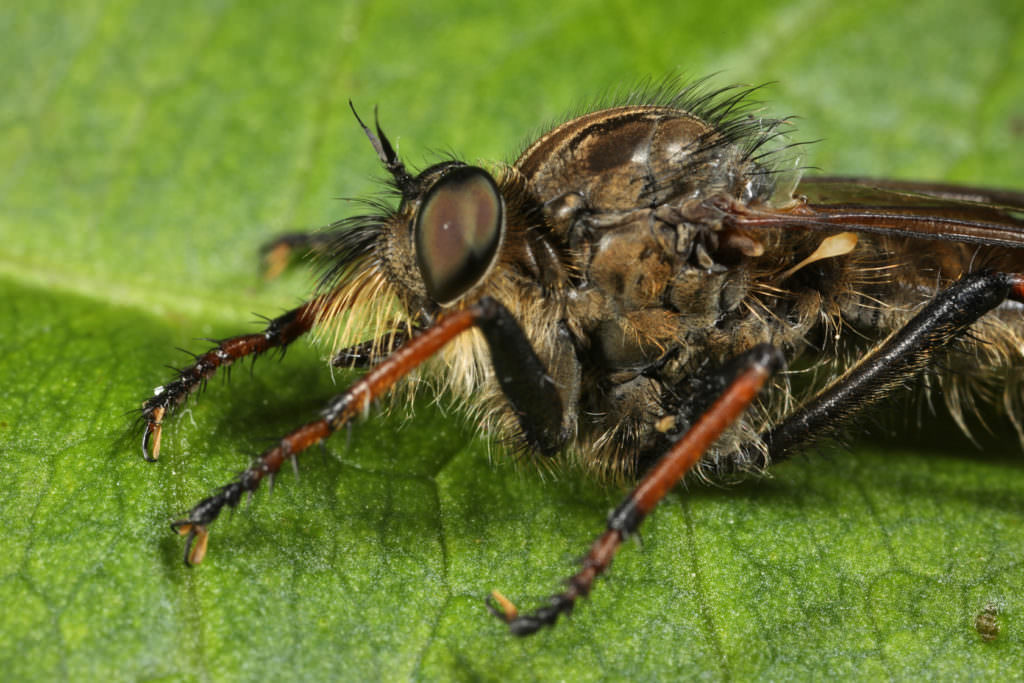
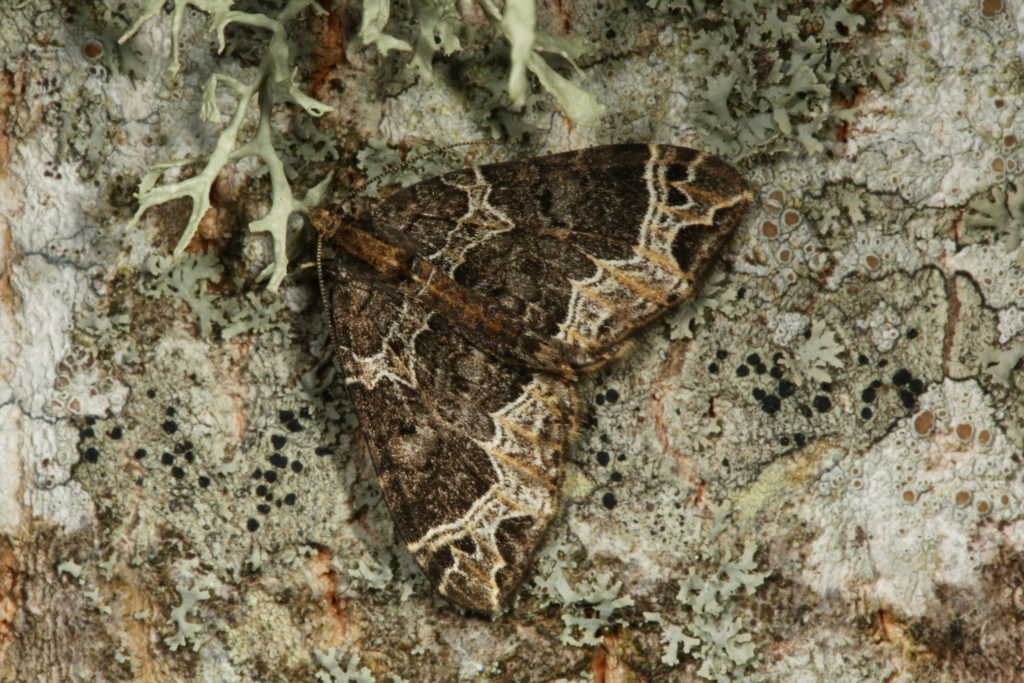
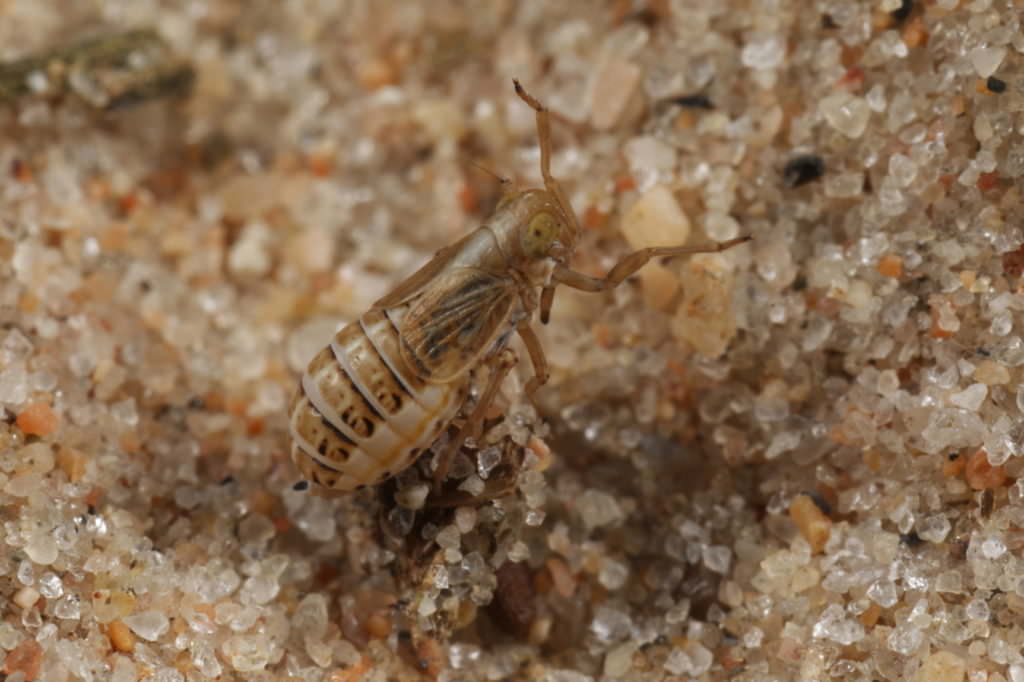
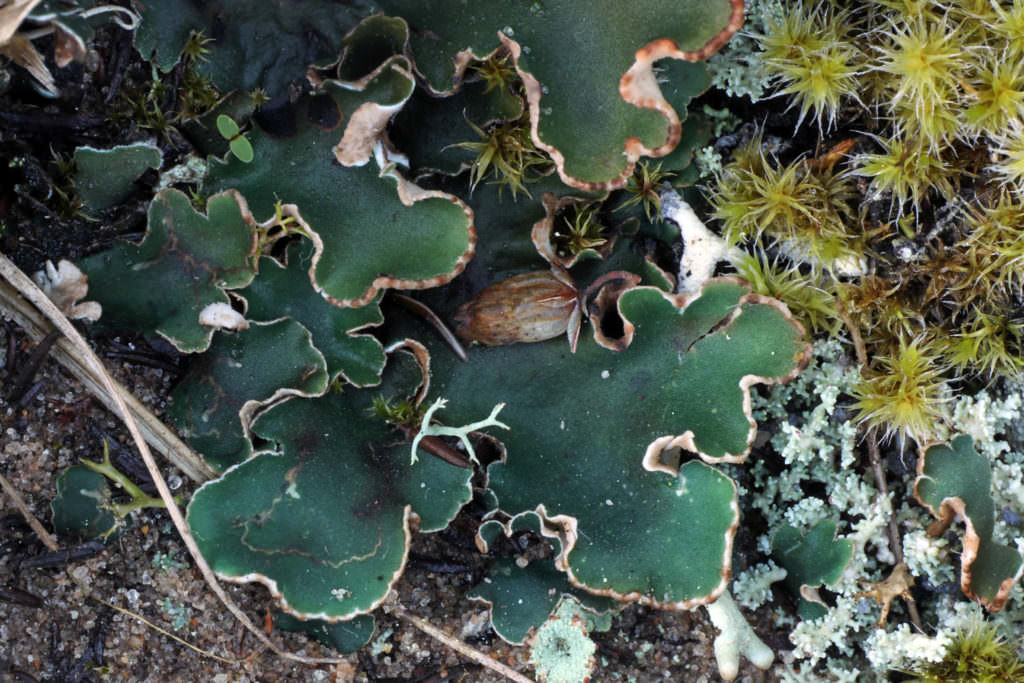
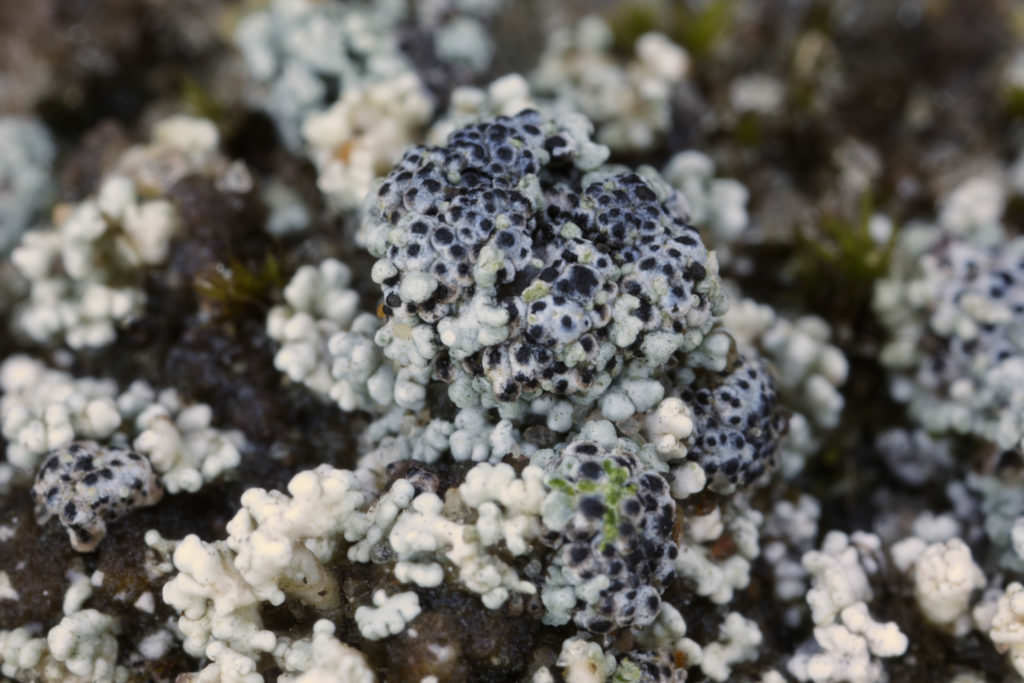
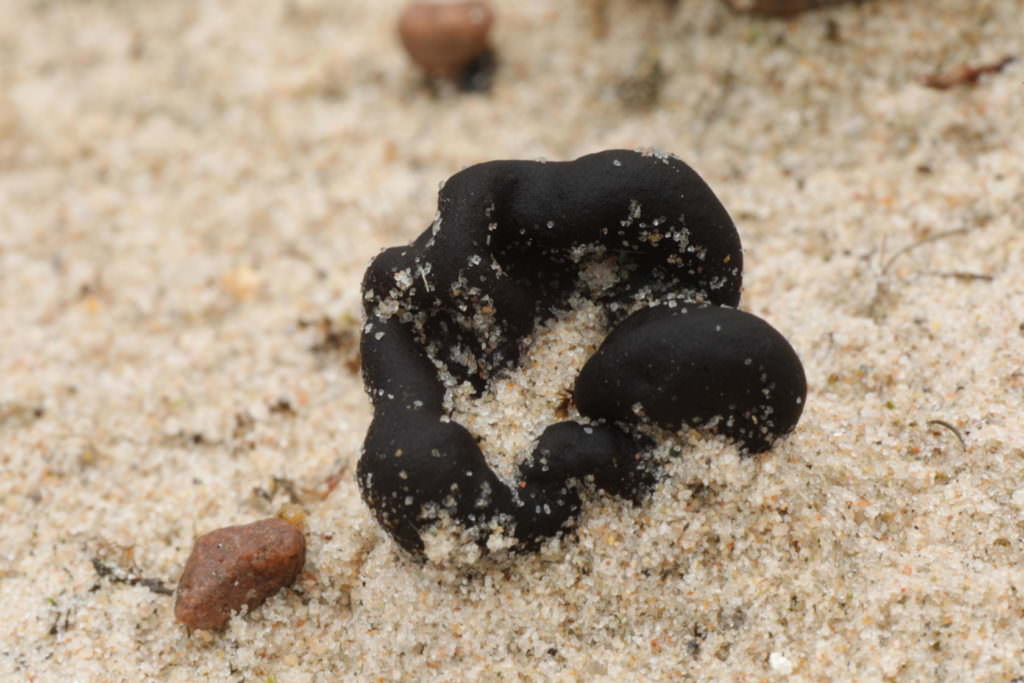
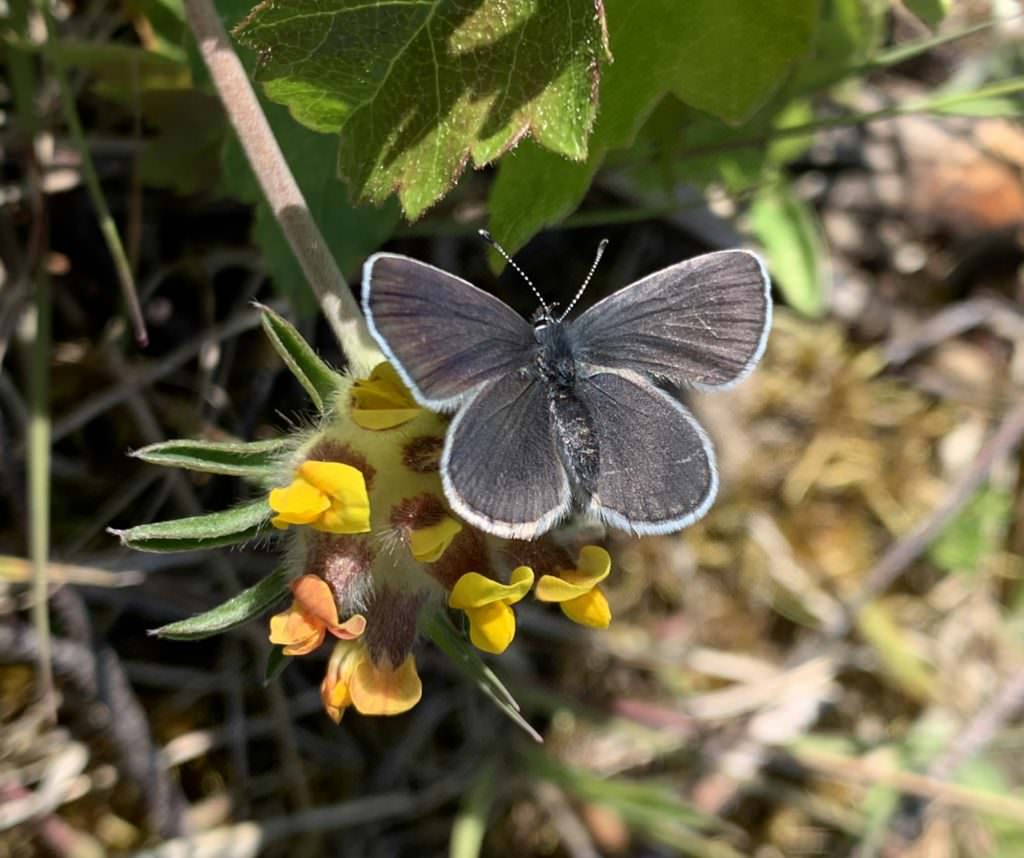
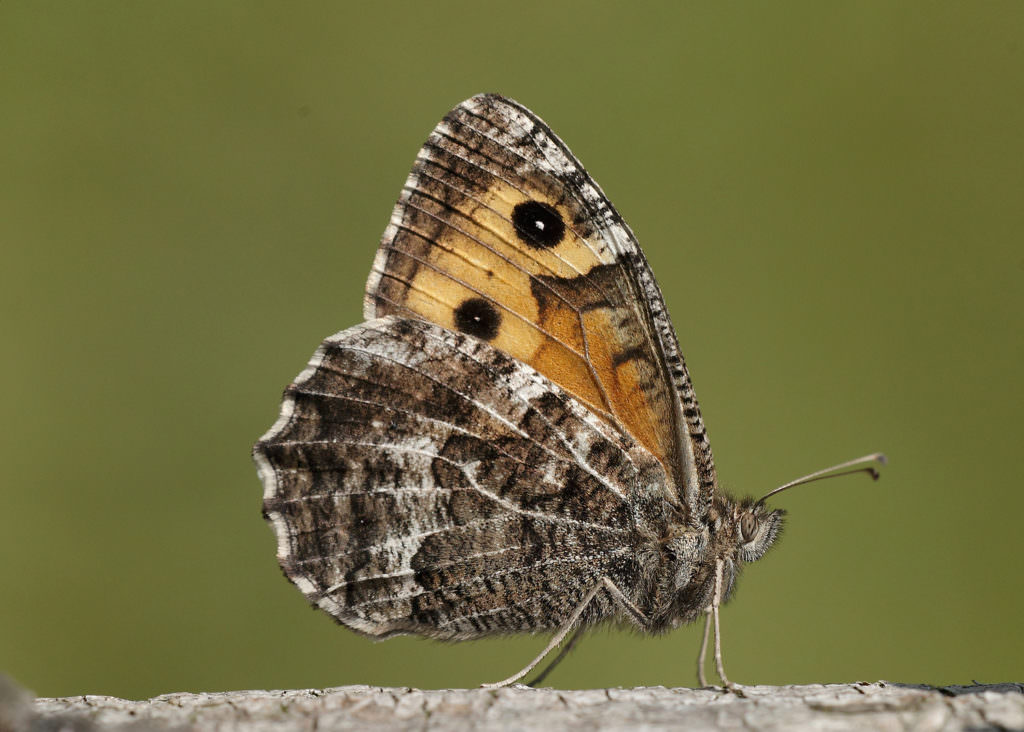
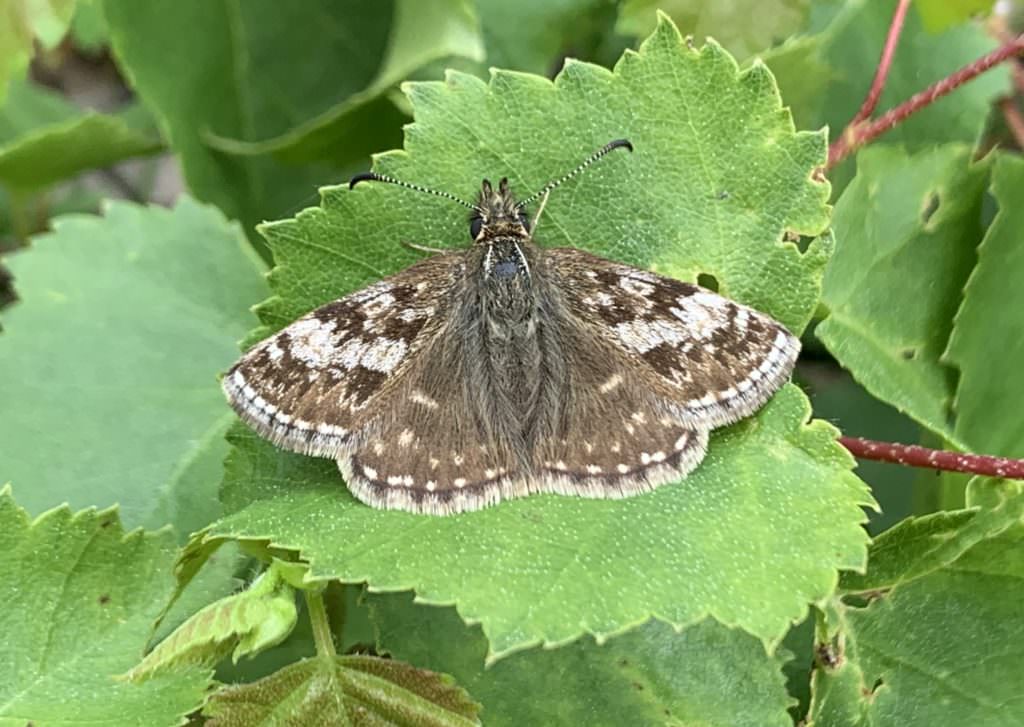
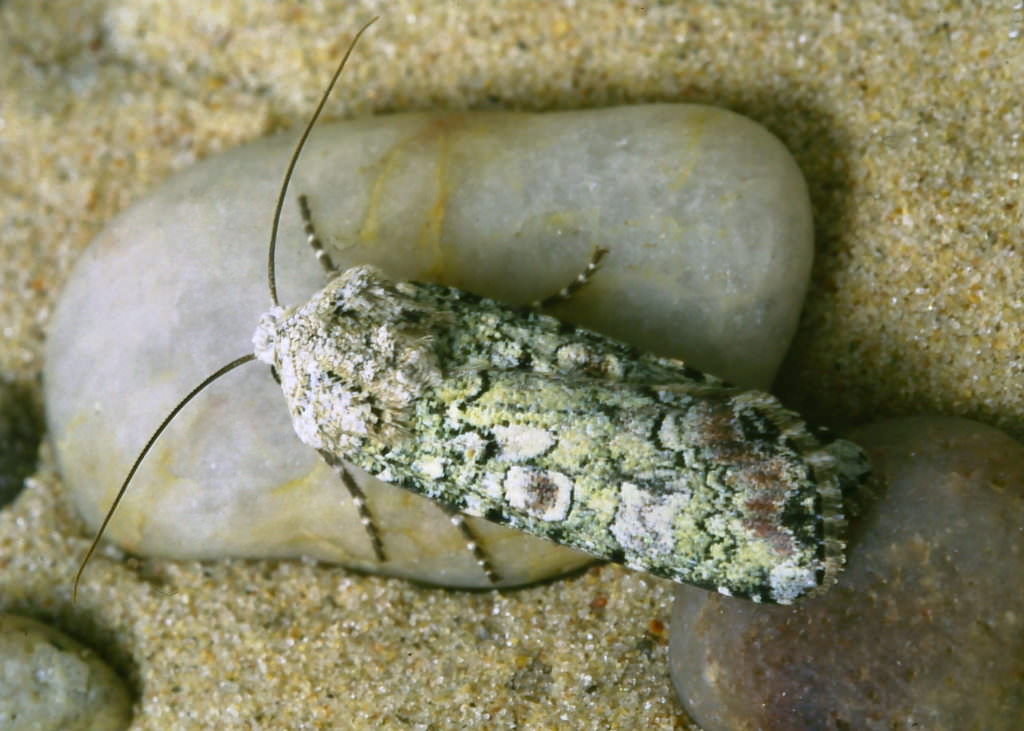
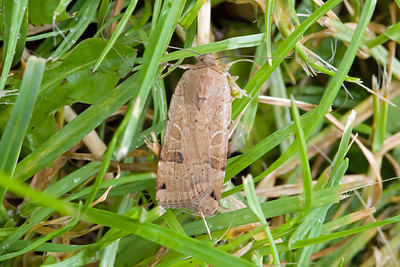
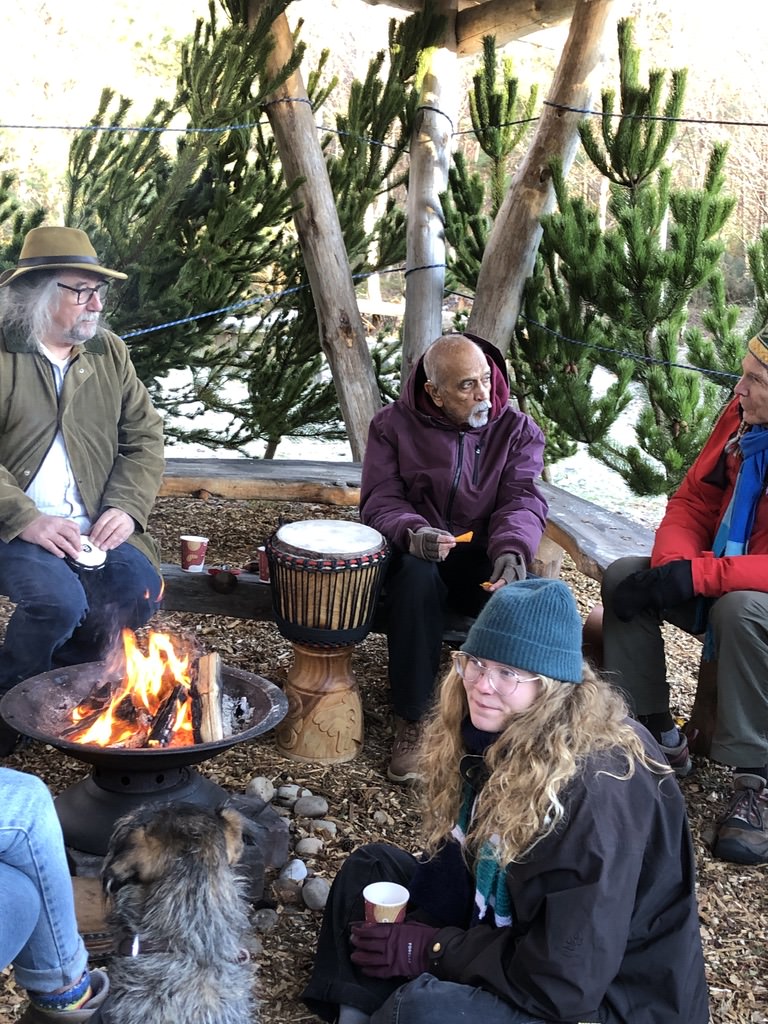
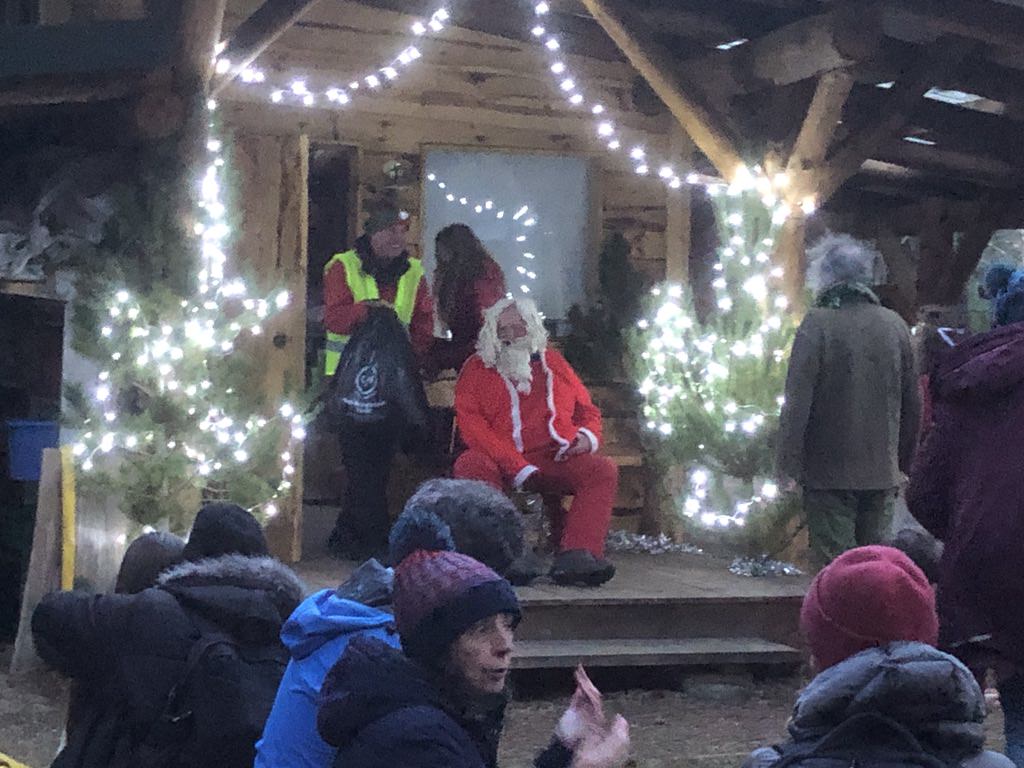
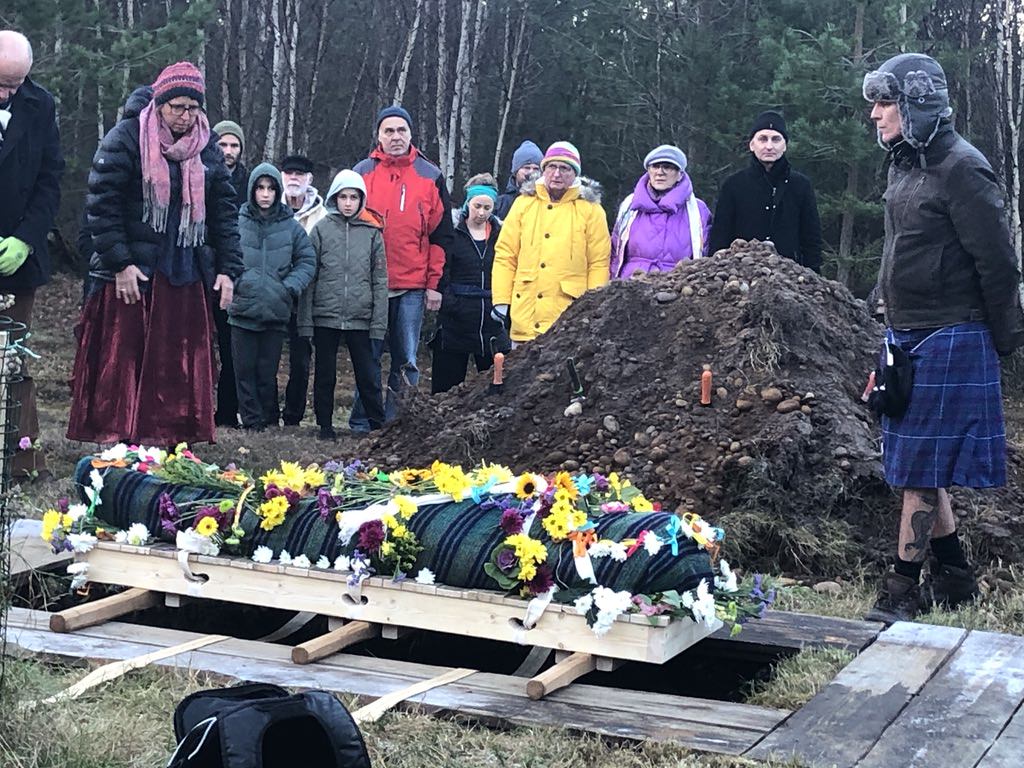
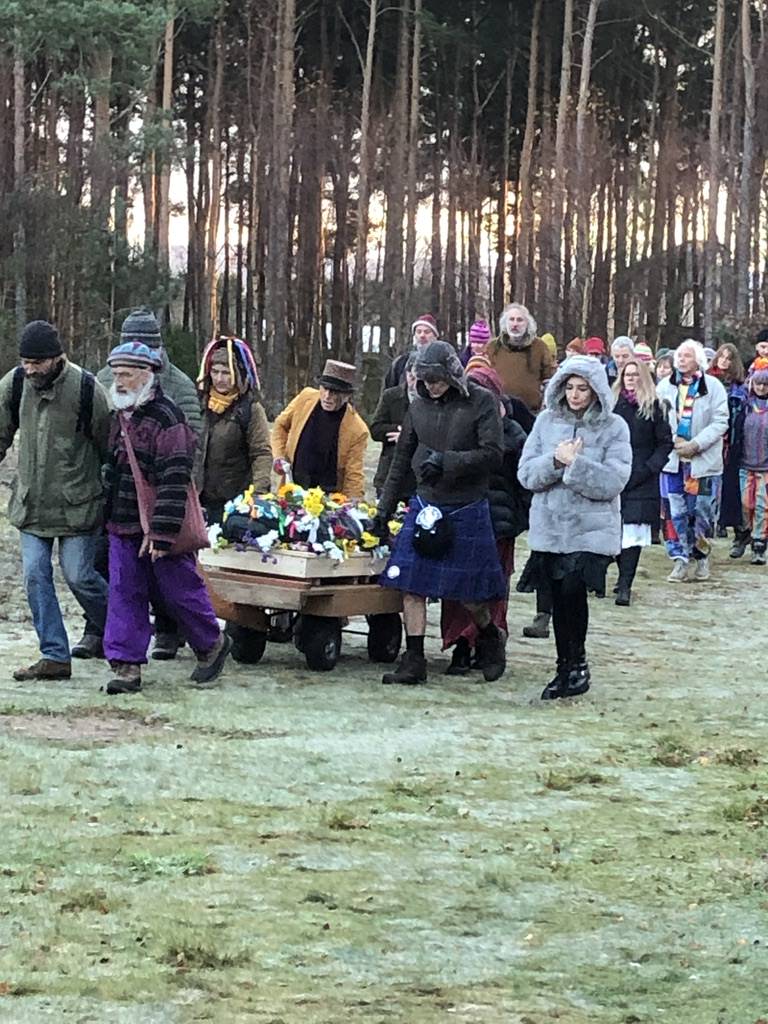
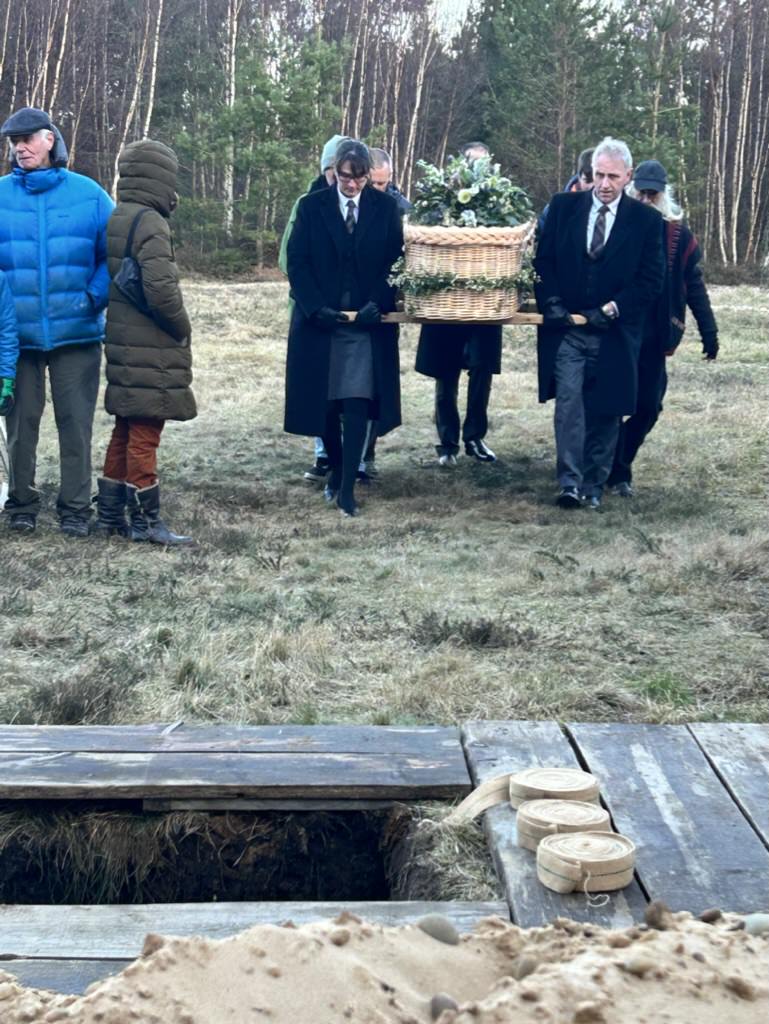
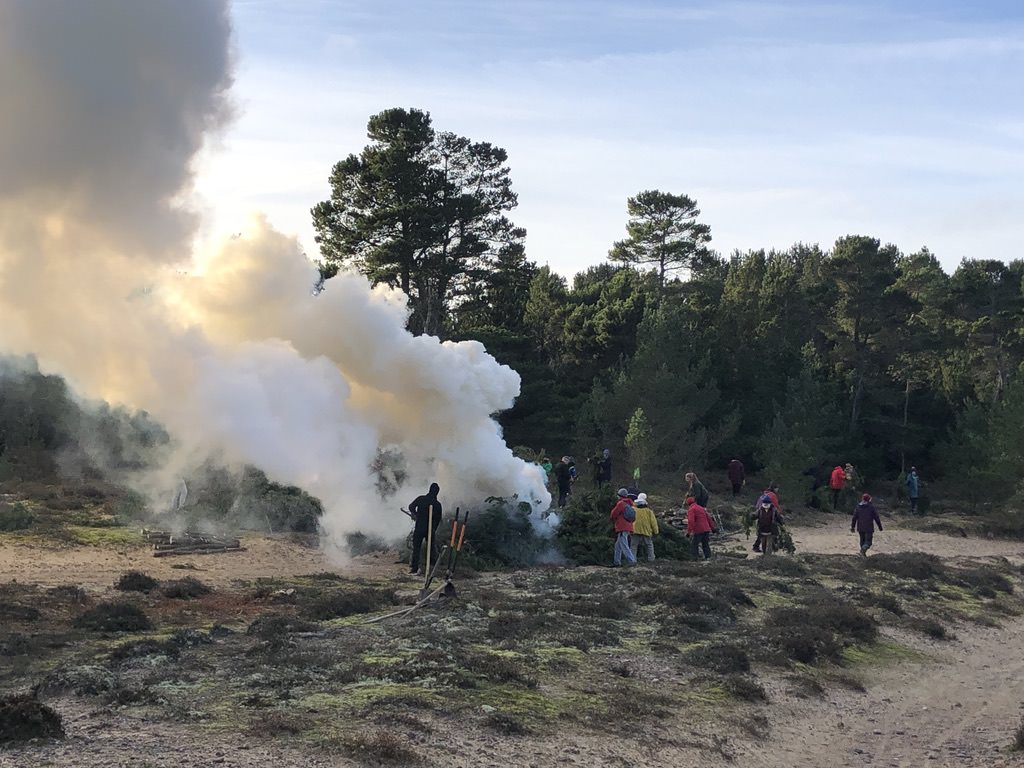
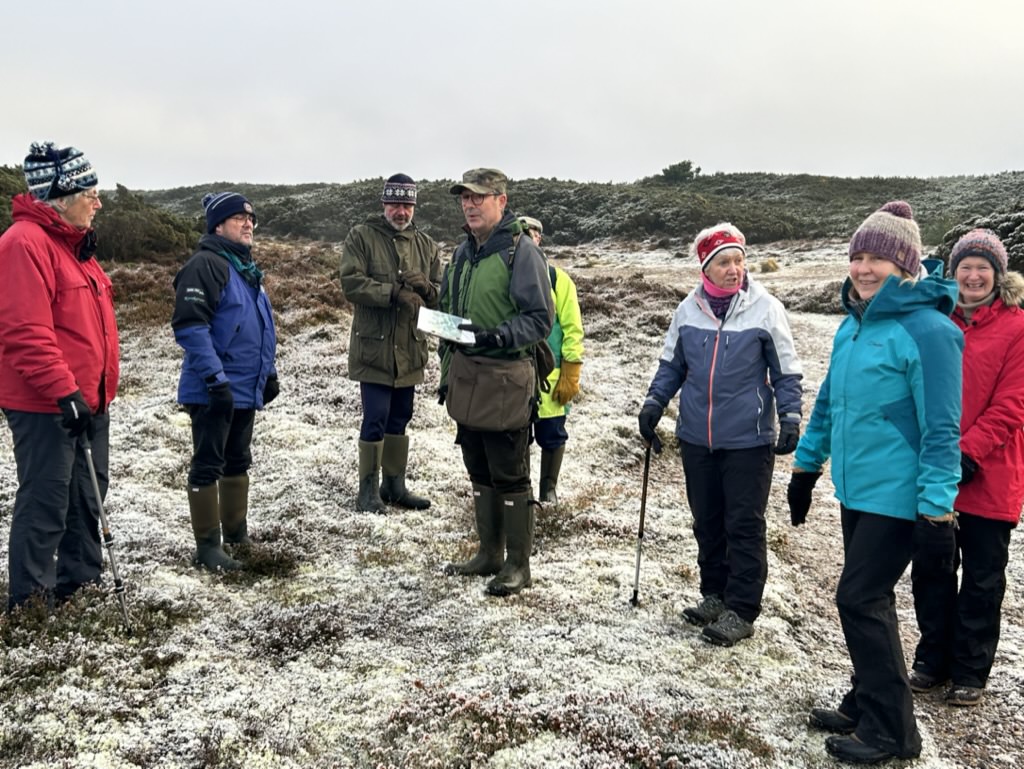
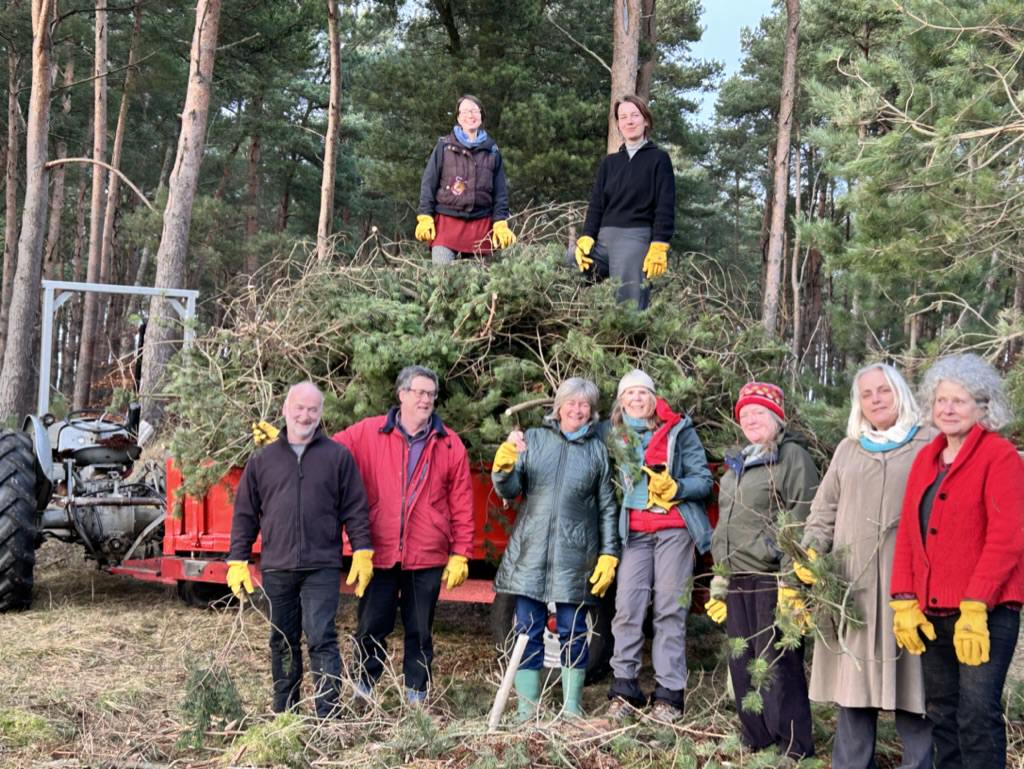
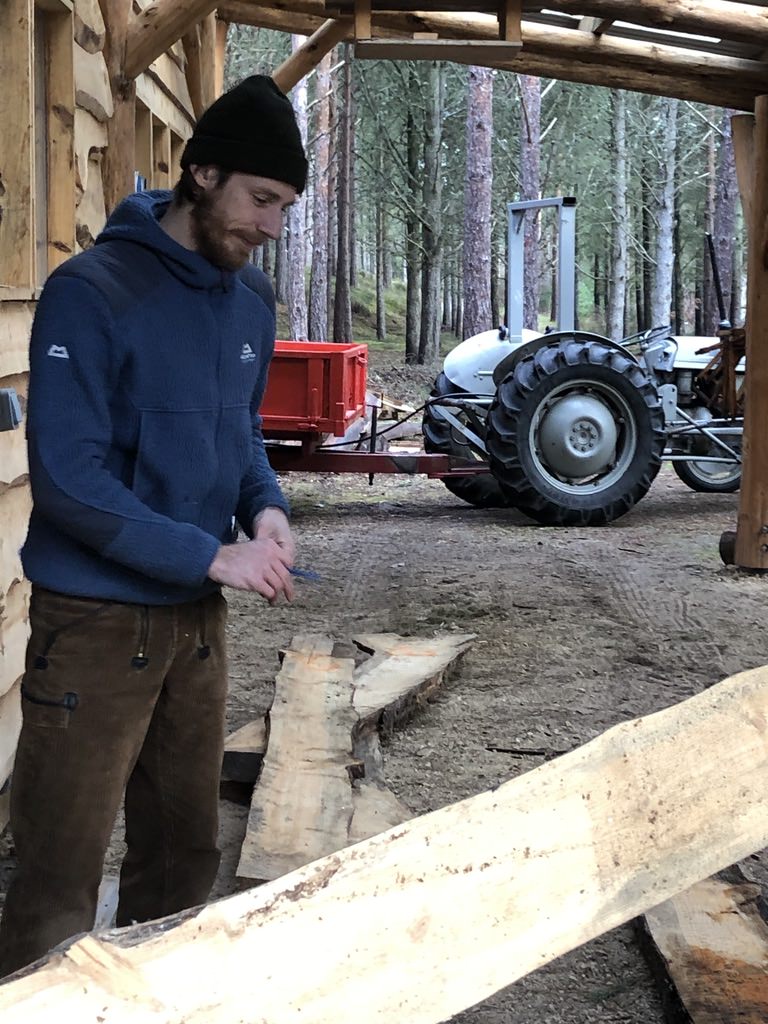
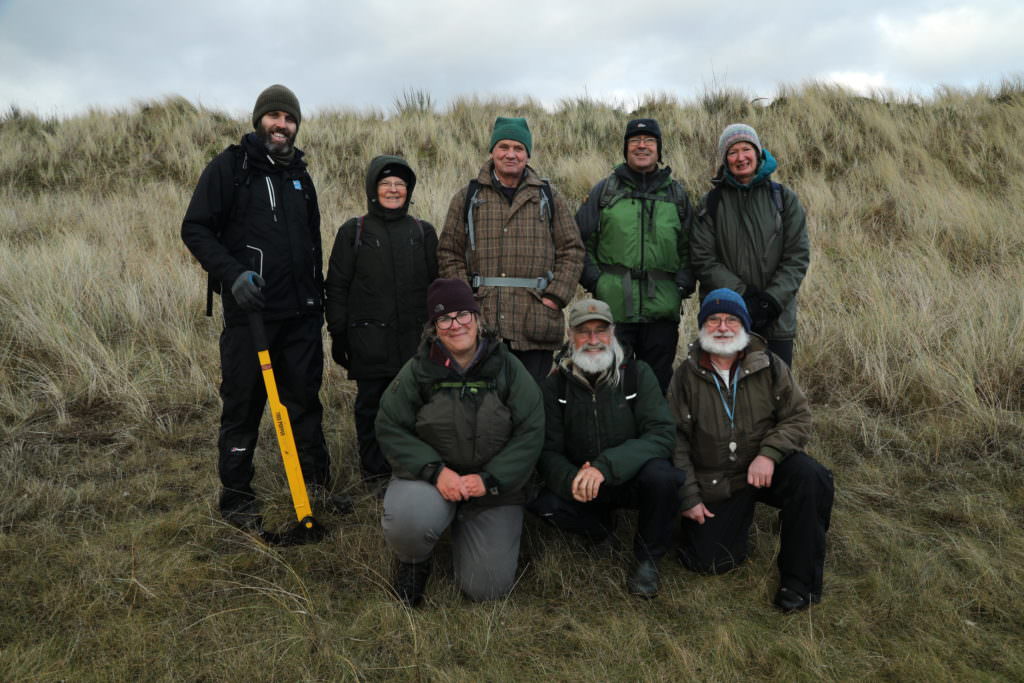
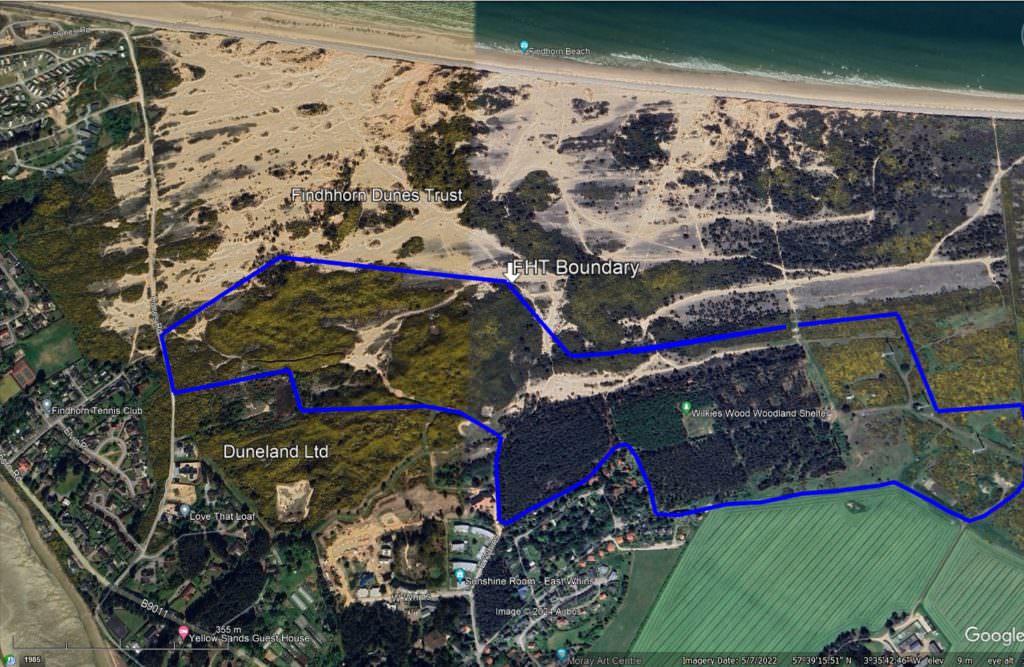
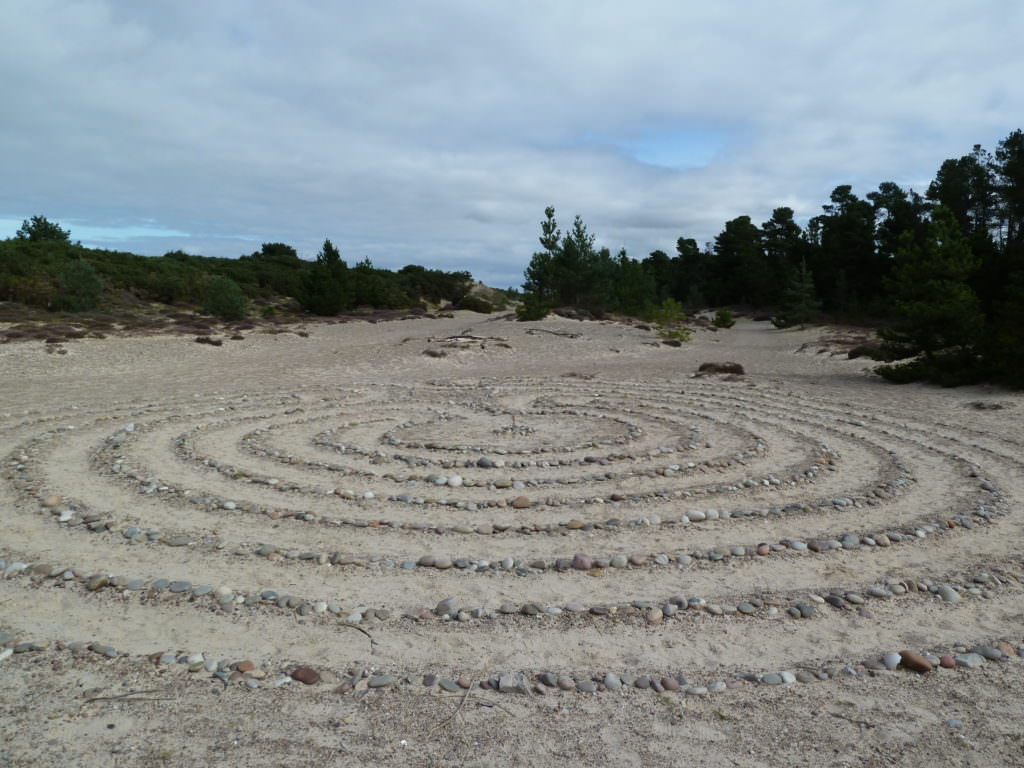
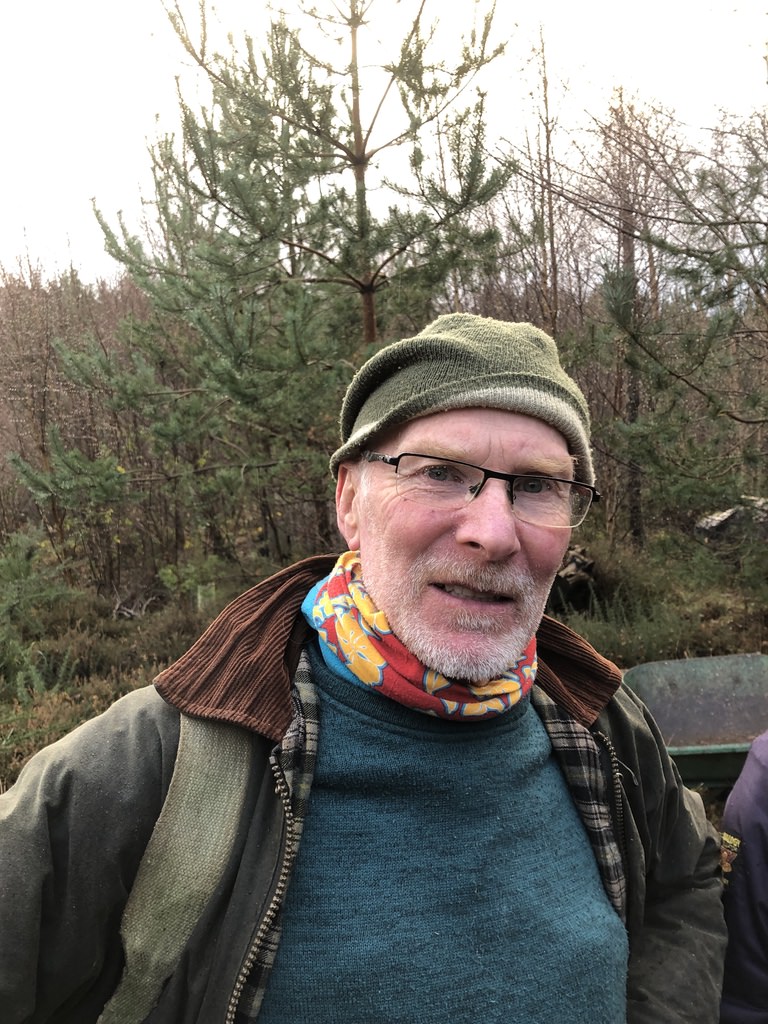
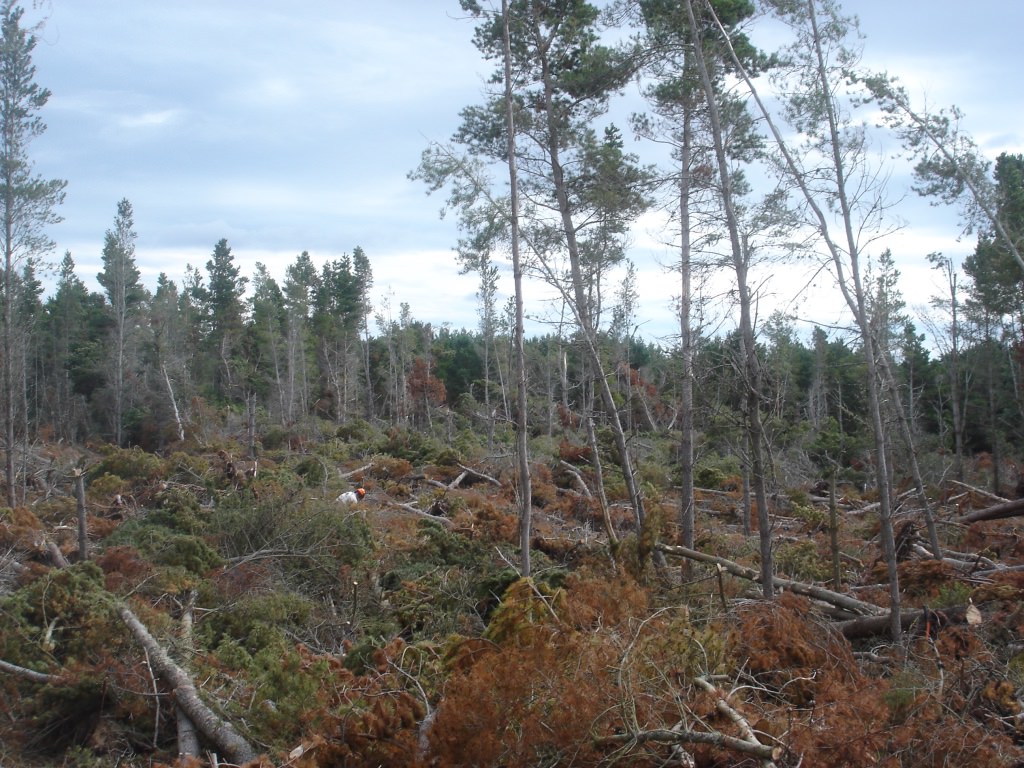
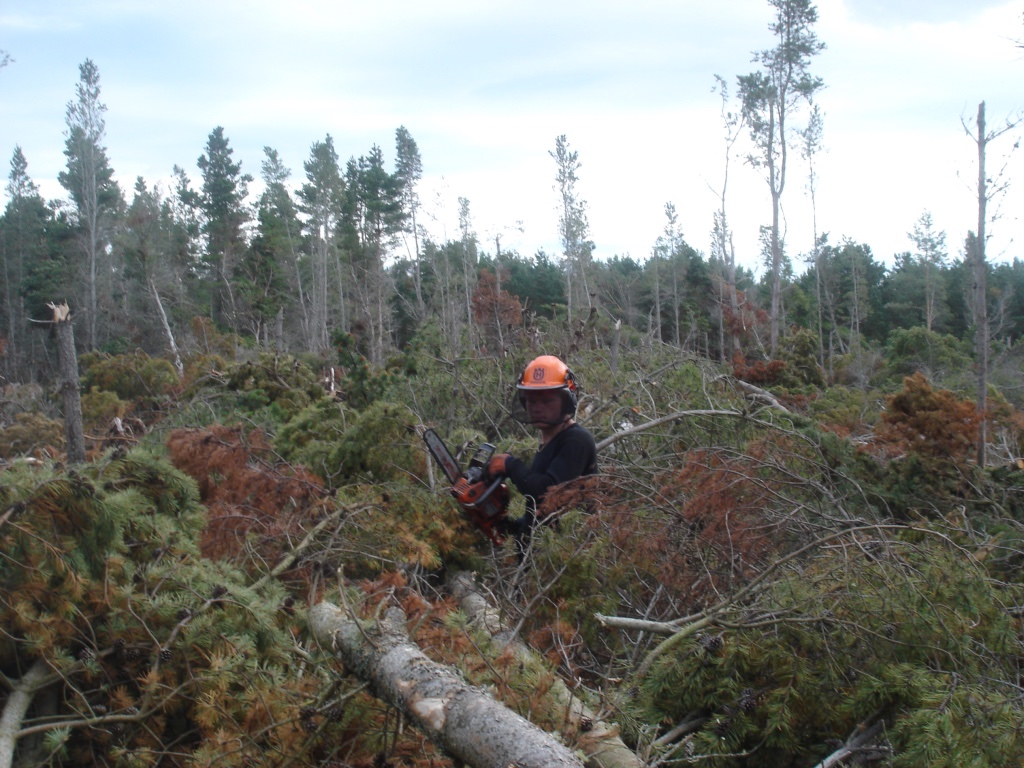
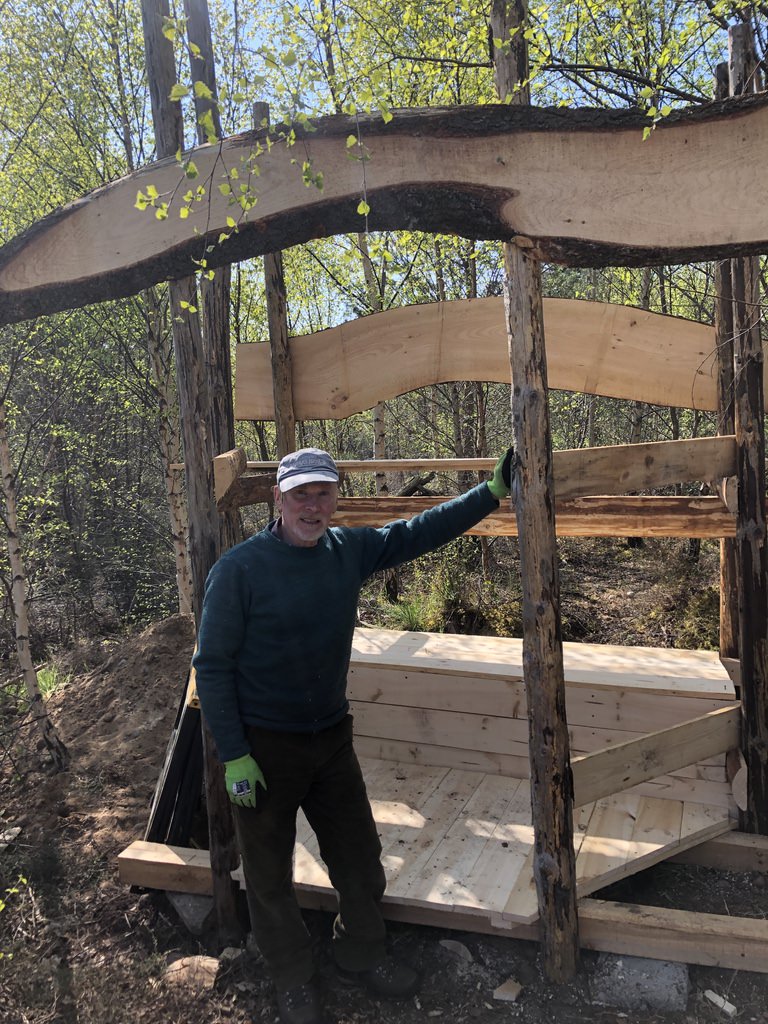
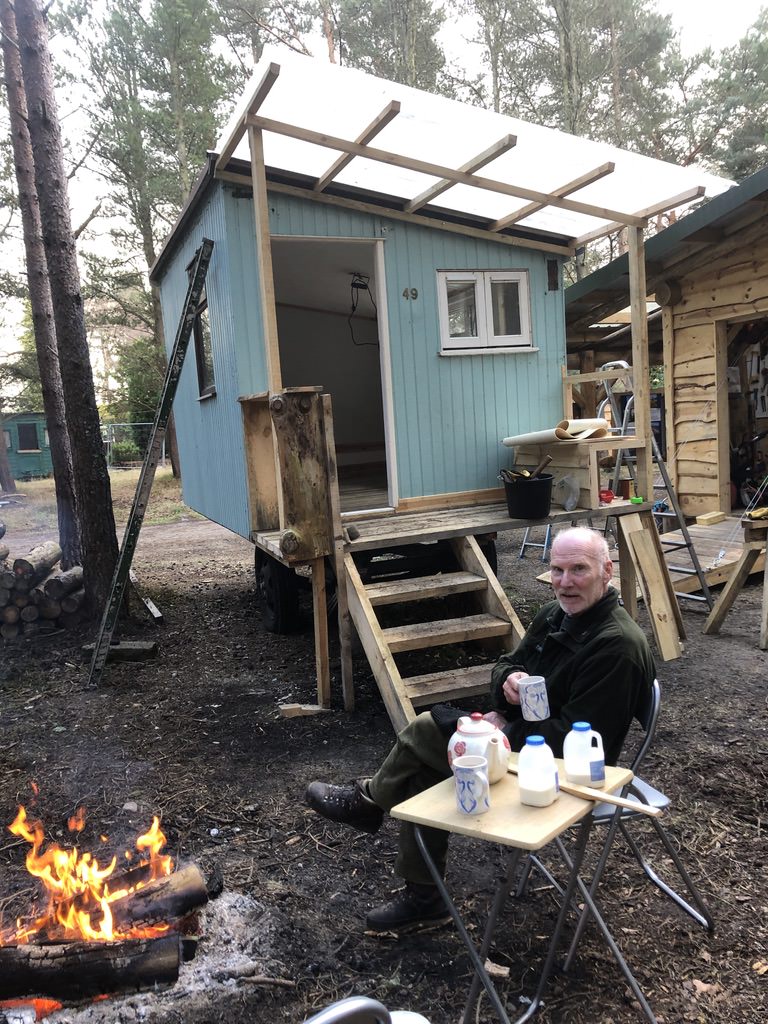
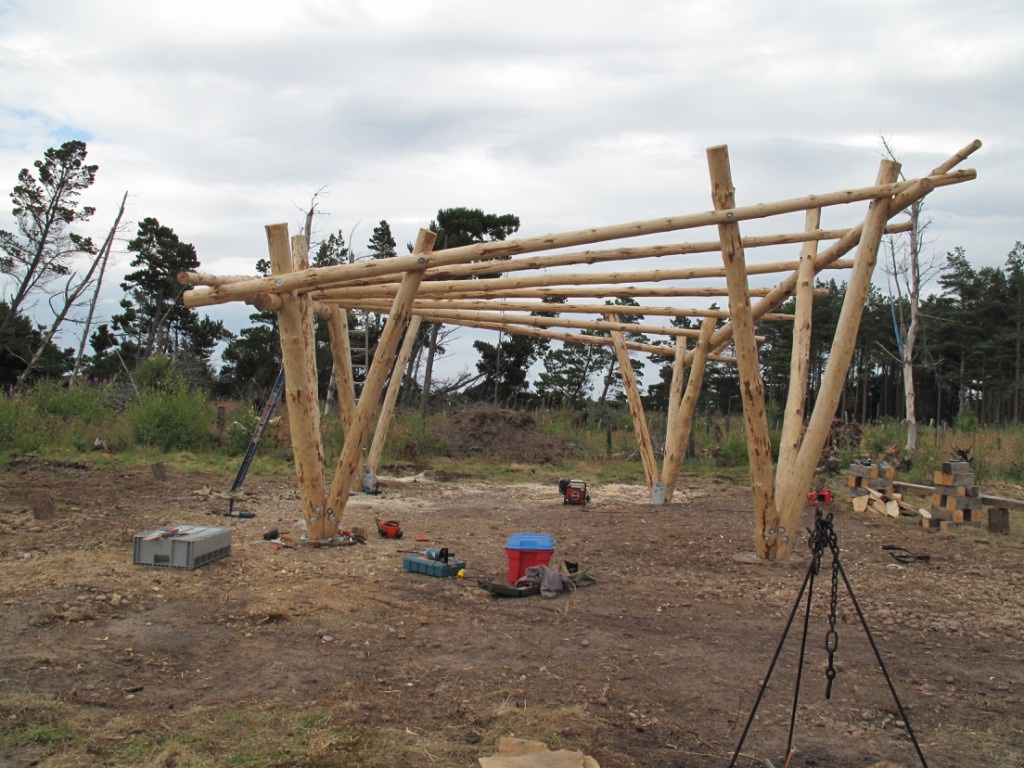
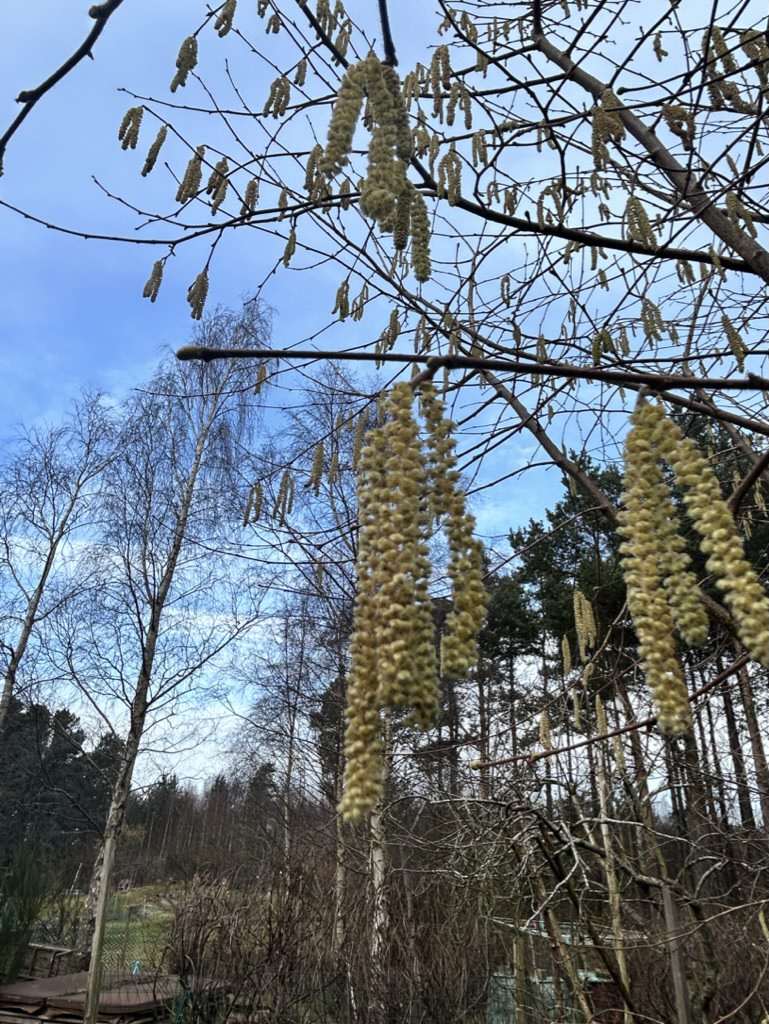
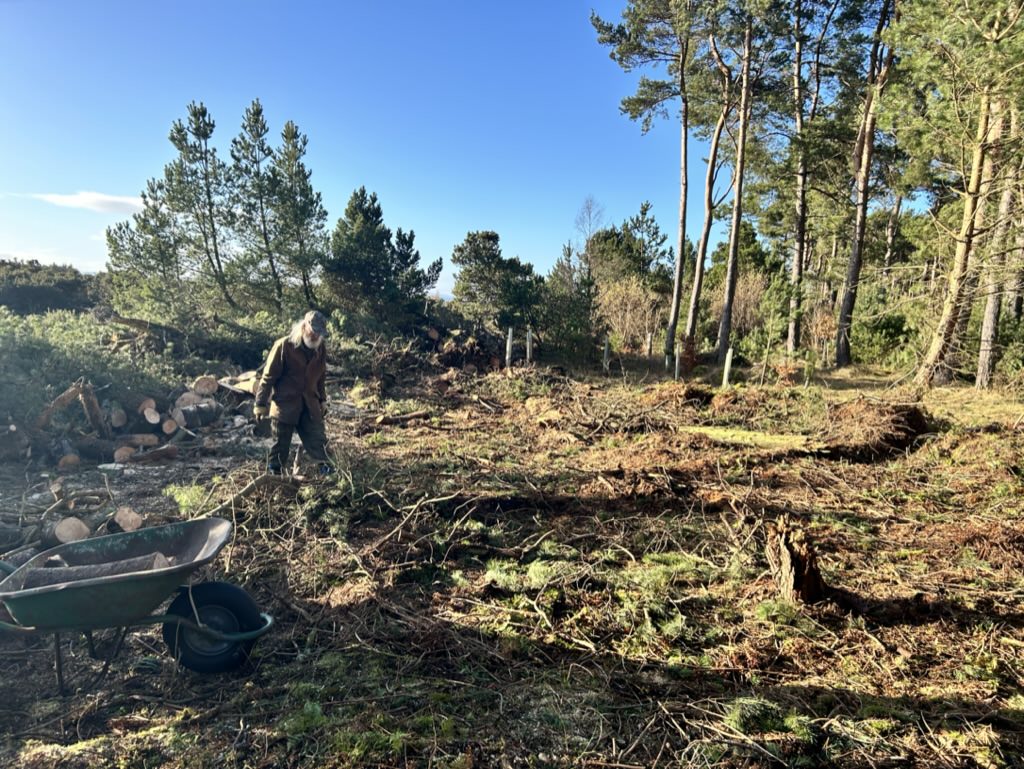
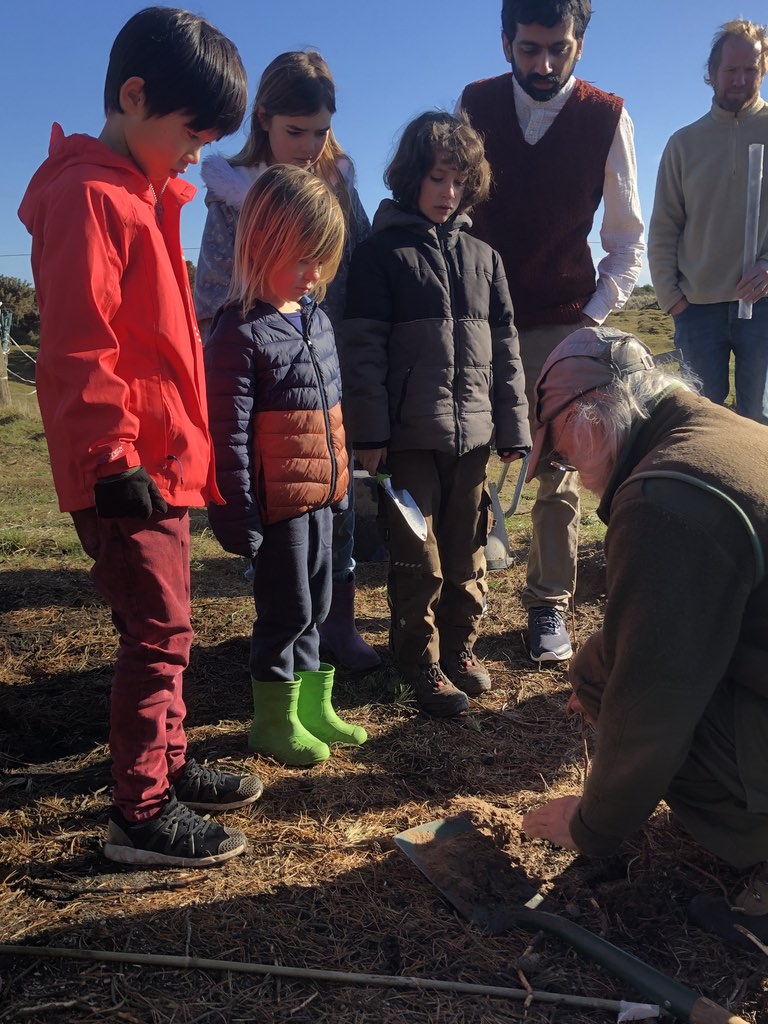
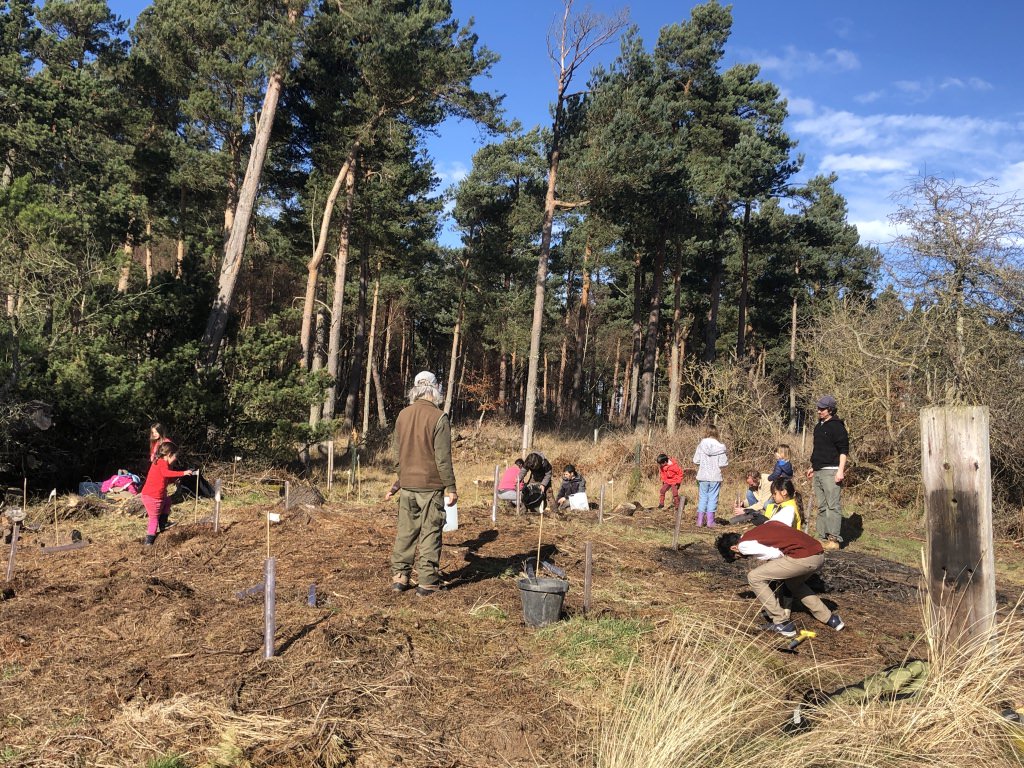
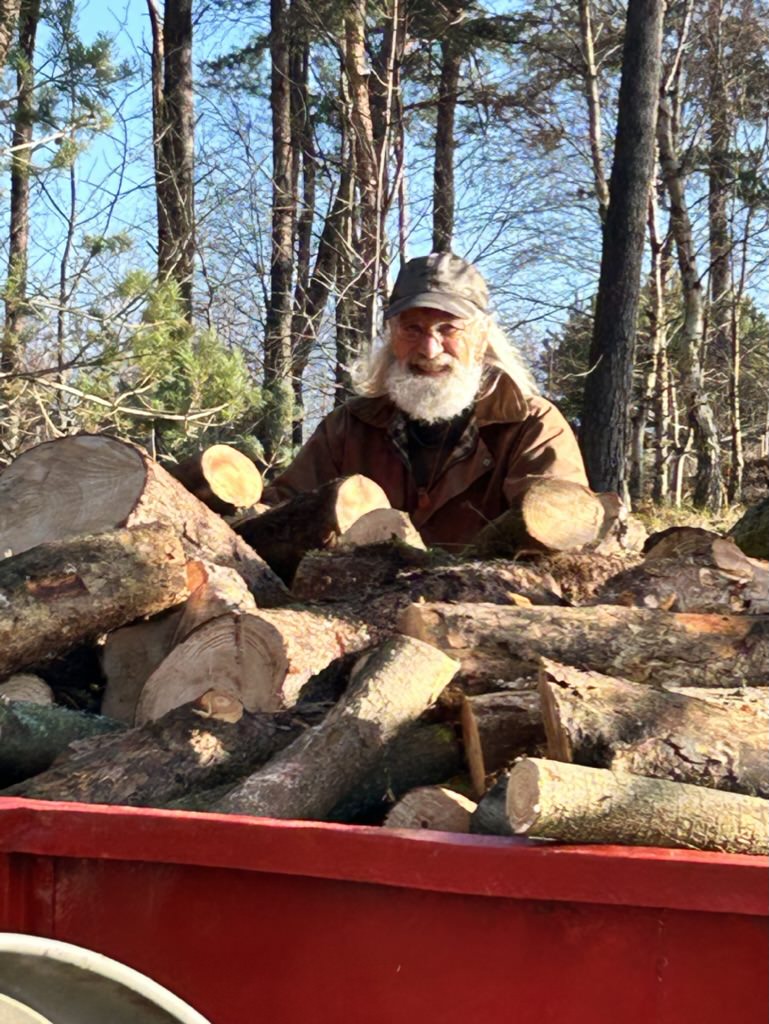
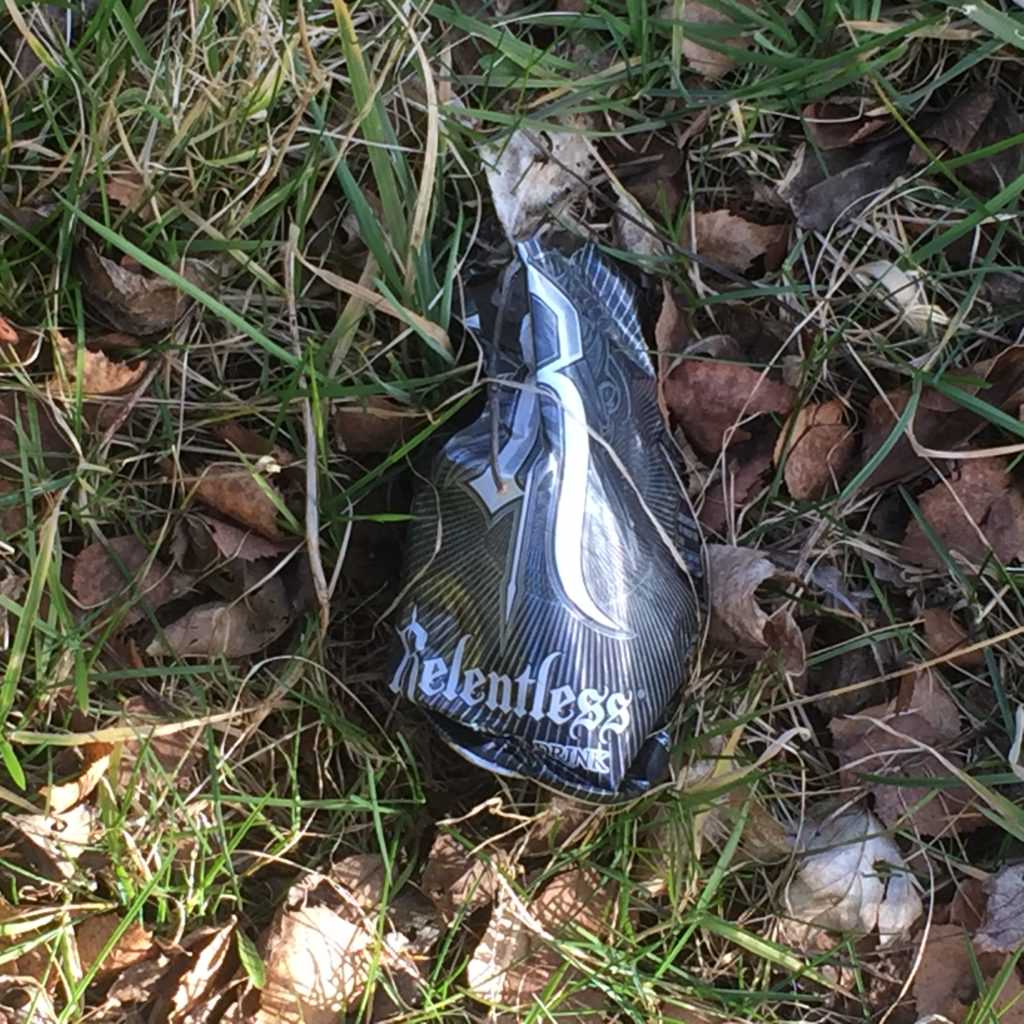
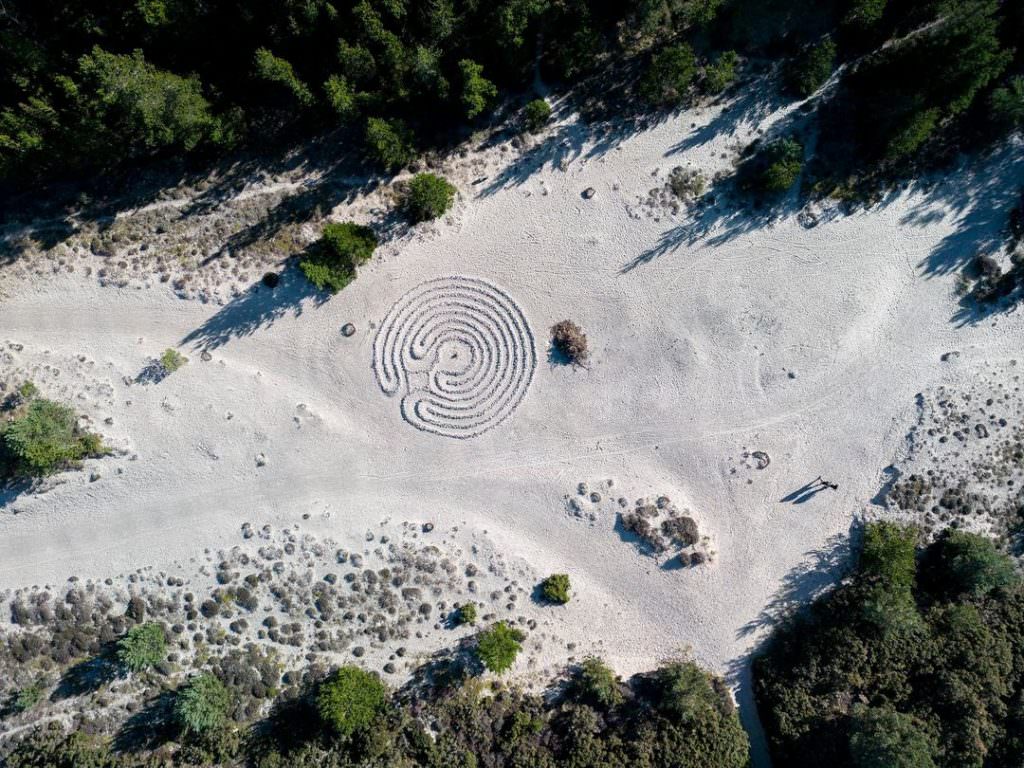
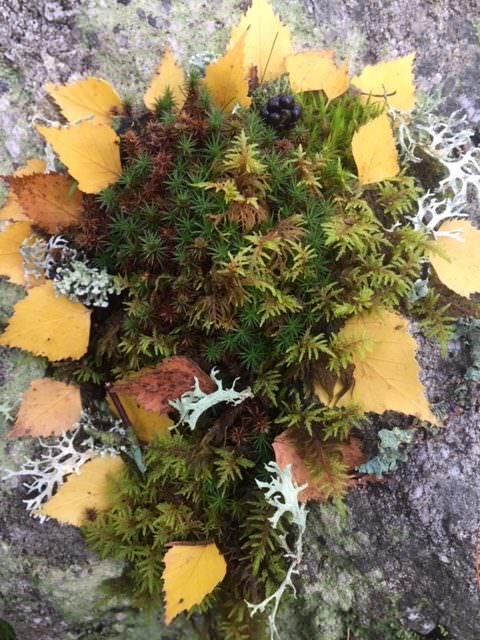
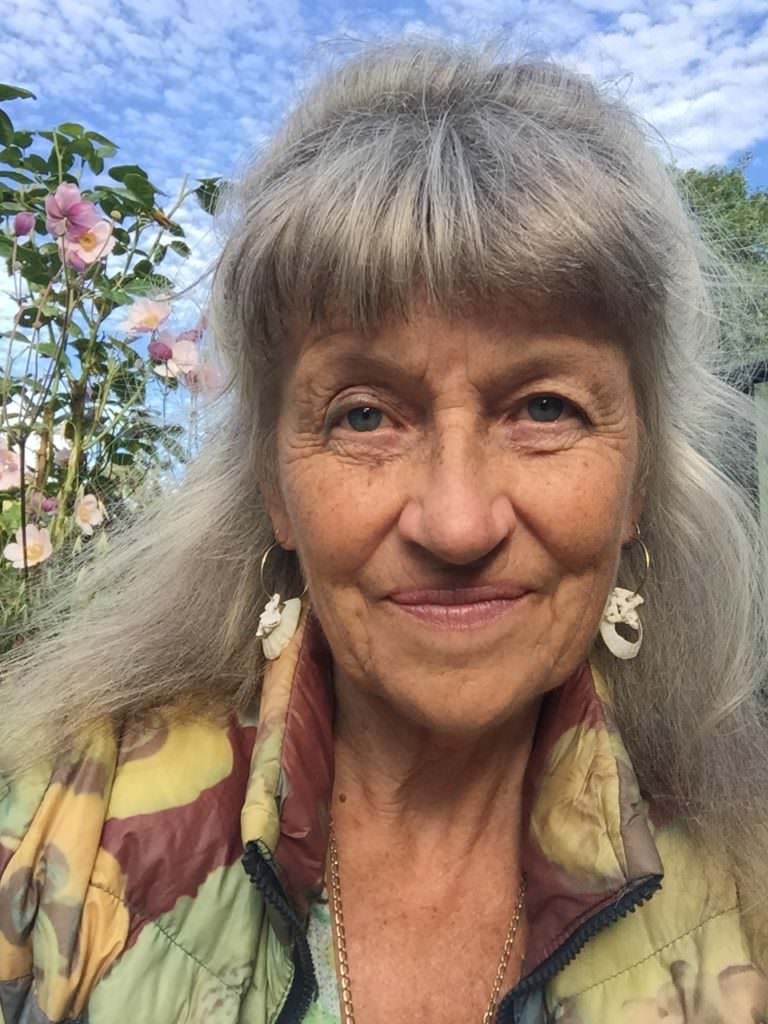
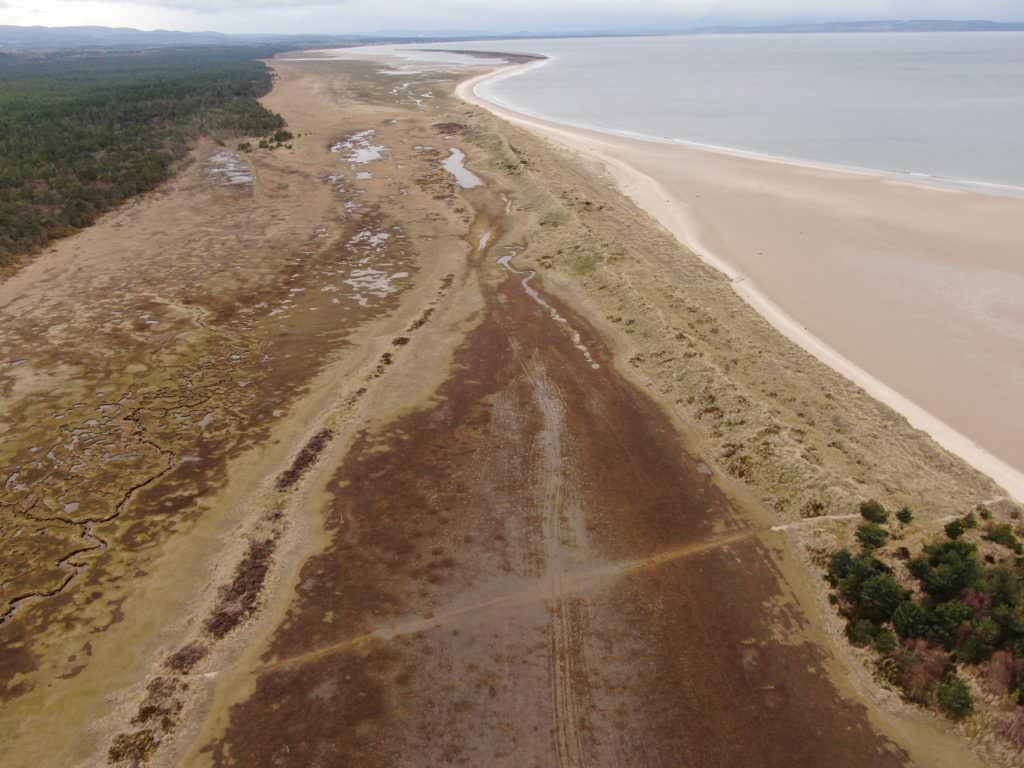
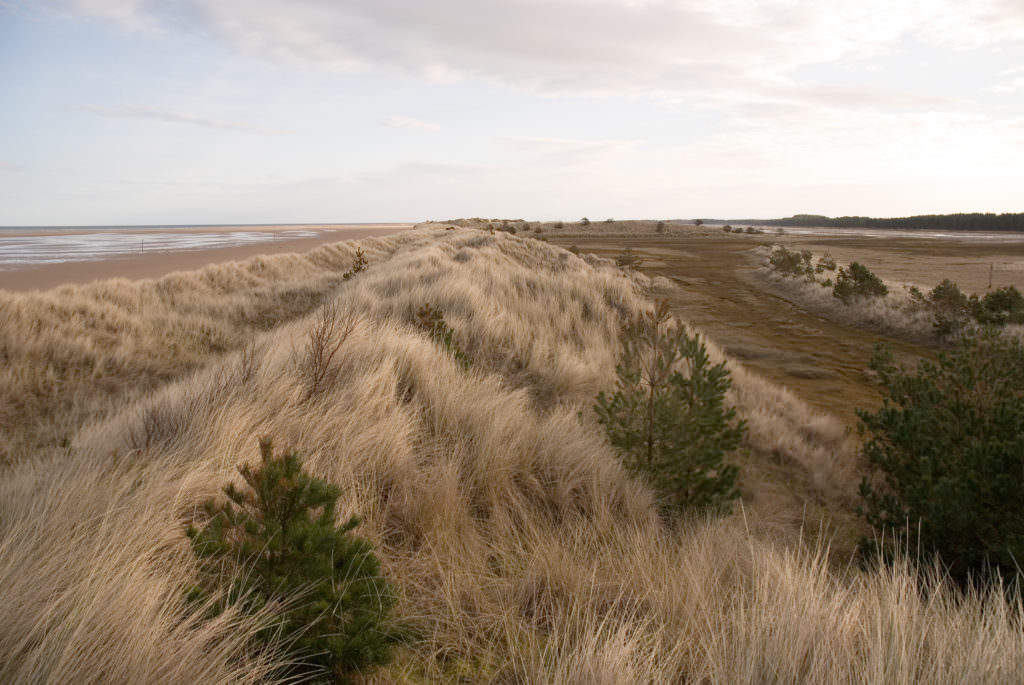
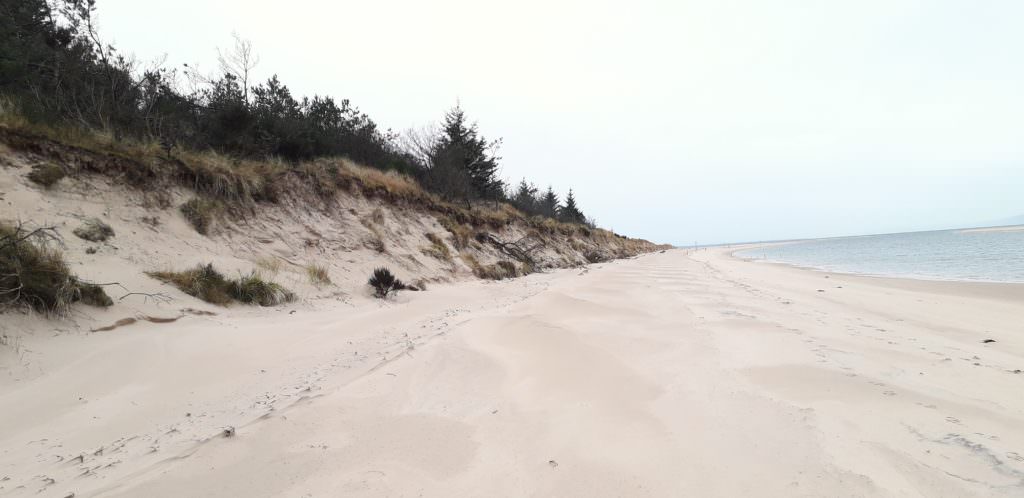
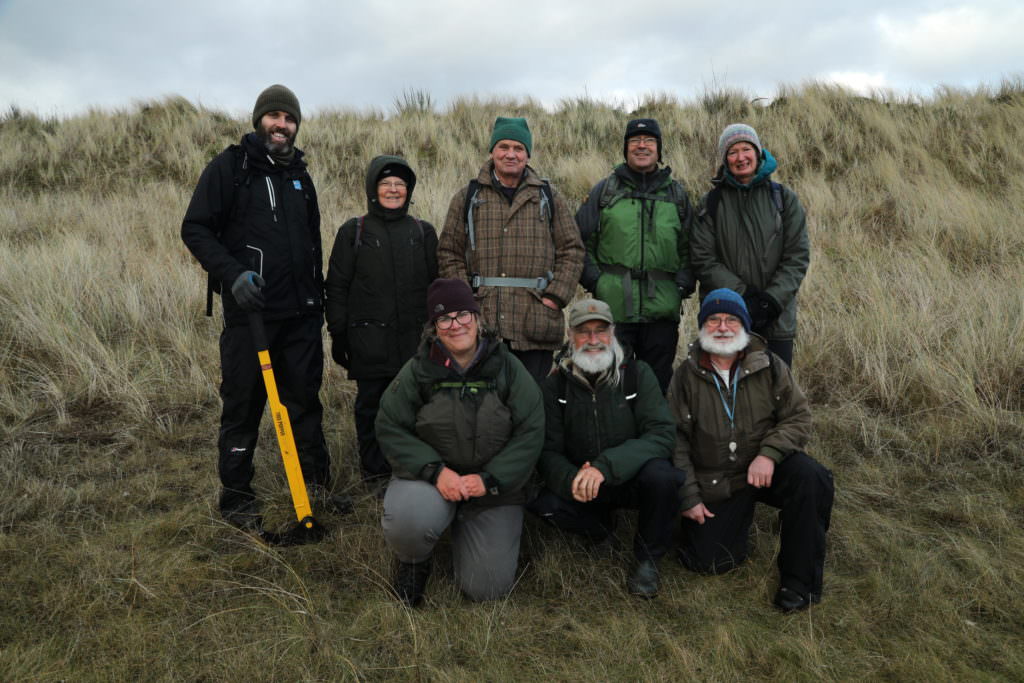
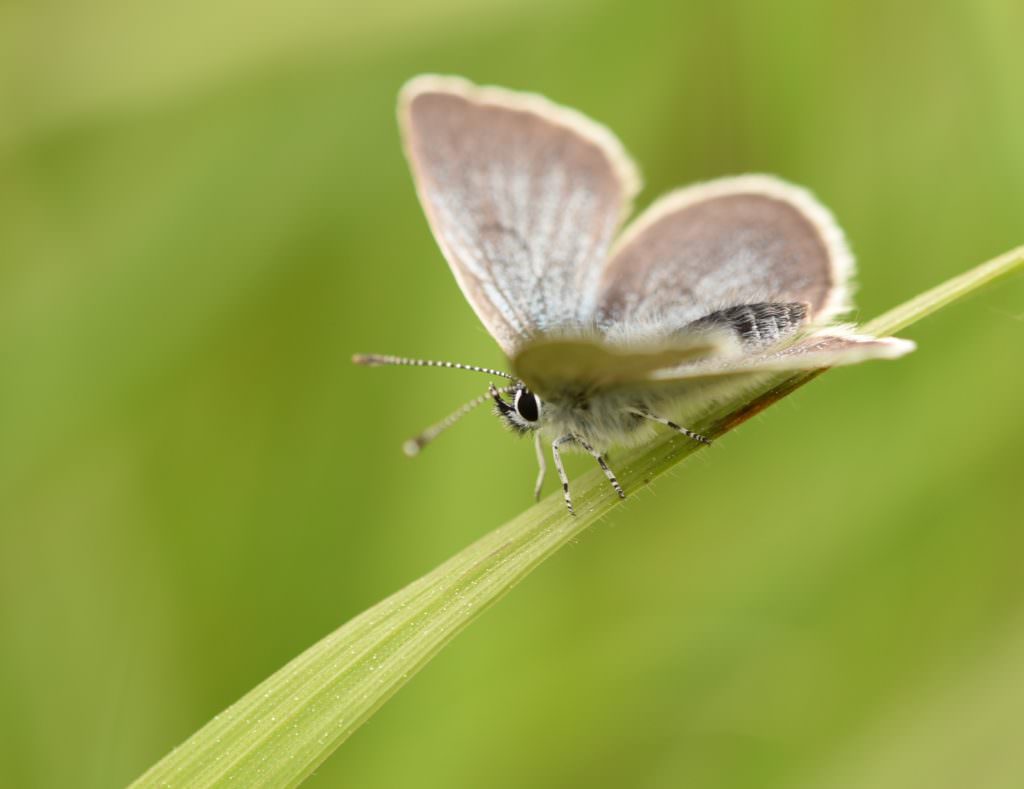


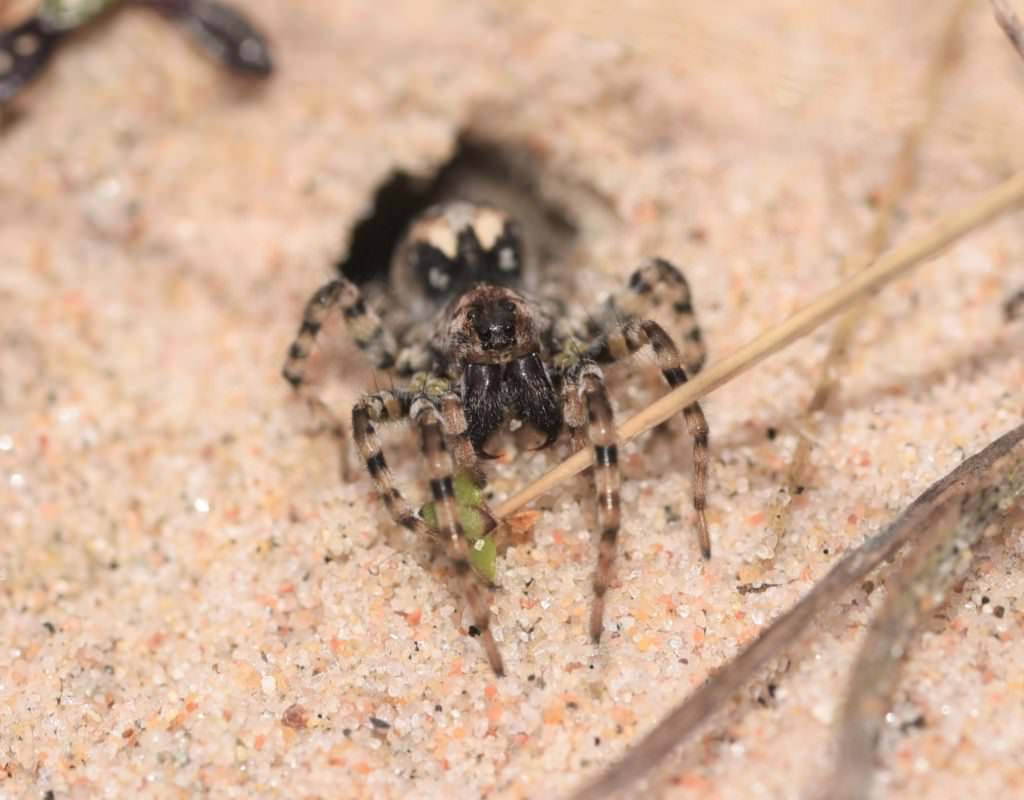
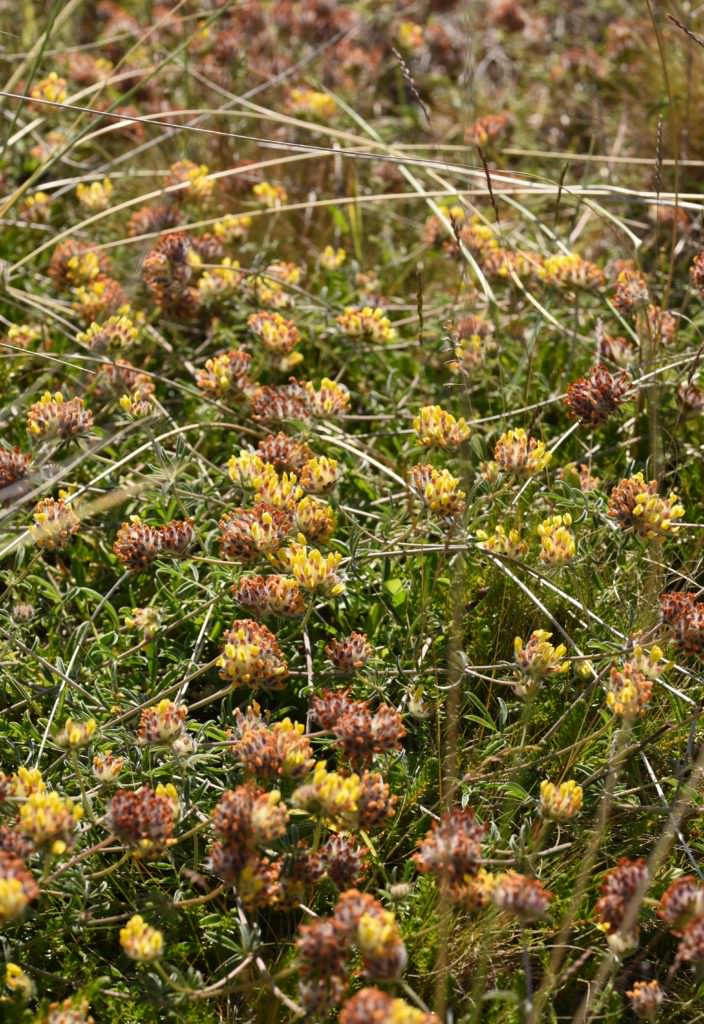















Exploring FHT Sustainability and Resilience
As a well trusted and valued organisation within the Park Ecovillage and the Findhorn/Forres area and beyond, the FHT has much to be grateful for and proud of – its work concerning local practical conservation, opportunities for environmental education, helping build local community and providing recreational resources on the land it manages goes from strength to strength. And yet we also need to make sure that what the charity does can carry on well into the future, delivering for the local community and the land it looks after. That is why fourteen of the core team including FHT trustees got together recently in the Cullerne House meeting room with consultants Karen and Kate from the government funded organisation Just Enterprise to look at where we are and what changes need to start to be made to ensure long term sustainability. What follows is their full report.
After reading it, if you are inspired to get involved in any way with our dynamic team and its work and help with this transition, do get in touch.
Jonathan Caddy
FHT Chair
Report from Findhorn Hinterland Trust Strategic Planning Session
22nd May 2024
Background
The Findhorn Hinterland Trust (FHT) has a strong history of volunteerism and has fulfilled its charitable purposes effectively over the past eight years, building on the groundwork of the Findhorn Hinterland Group. However, to ensure sustainability and resilience for the future, FHT needs to undergo significant organisational changes.
Key reasons for change include:
As FHT prepares for these transitions, a strategy session was conducted to discuss the organisation’s future path. This session involved trustees, staff and volunteers.
Survey Results and Critical Issues.
Before the strategy session, trustees, staff and volunteers were asked to complete an online survey.
From the results and additional background research, we found that what FHT does is good, timely and relevant. However, a lot of what the organisation does pivots around Jonathan and while this is one of the organisation’s key strengths, it is also its biggest weakness. As the founder, Jonathan and FHT are inextricably linked. This is coupled with the difficulties the Trust faces to attract younger people to get involved in the organisation. Although income covers the current core costs, it would be insufficient to cover the salary of an operations manager.
Although Jonathan doesn’t intend to step down as Chair until January 2026 the Trust should begin planning for this because successful transitions often take several years to plan. It is also important that trustees understand that, currently, Jonathan effectively wears two hats. One as the Chair and the other as the main volunteer often giving 35 hours or more a week to the Trust.
SWOT analysis results
During the strategy session, attendees were asked to look at the following key areas of activity of the charity and consider the key strengths, weaknesses, opportunities, and threats of each, taking into consideration the 4 key reasons for change.
Forestry
Ecology
Practical skills
Book-keeping
Finance
Photography
Local councillor
Marketing
Lichens
Conservation
The SWOT analysis highlights significant strengths in that the work the Trust is involved in is very topical as well as the expertise and passion of those involved. However, it also identifies critical weaknesses such as an ageing volunteer base and diluted organisational focus. Opportunities exist in engagement and partnerships, which could help expand its influence and operations. Threats include the sustainability of leadership and environmental challenges, as well as the operational risks associated with dependency on a small group of key individuals.
Strategy development
A key component of this strategy involves managing the transition as Jonathan plans to step back from his dual roles as both Chair and the primary volunteer. To ensure a smooth transition, it is crucial for Jonathan and the trustees to clearly distinguish the capacities in which he serves at any given time.
To facilitate role clarity and delegation, the board’s governance policies should clearly state to whom the board delegates management or operations.
If operational tasks are delegated to staff, detailed job descriptions should define the scope and boundaries of their roles. For subgroups taking on specific responsibilities, the board should establish clear terms of reference. These terms might outline the subgroup’s responsibilities, meeting frequency, reporting obligations, minimum volunteer numbers, and leadership roles.
When tasks are assigned to individual board members or other volunteers, the board should establish comprehensive volunteer roles and responsibilities for each type of task.
Having written guidelines that clearly separate governance from operations will aid in this transition, ensuring that everyone involved has a shared understanding of their roles and responsibilities. This structure not only supports the current needs of the FHT but also prepares the organisation for future leadership and operational changes.
Action Plan
The session attendees agreed on the following actions. The next step is to decide who is responsible for implementing each action and when it should be completed.
Karen Maclean-Yuille
Consultant
Impact Hub, Inverness